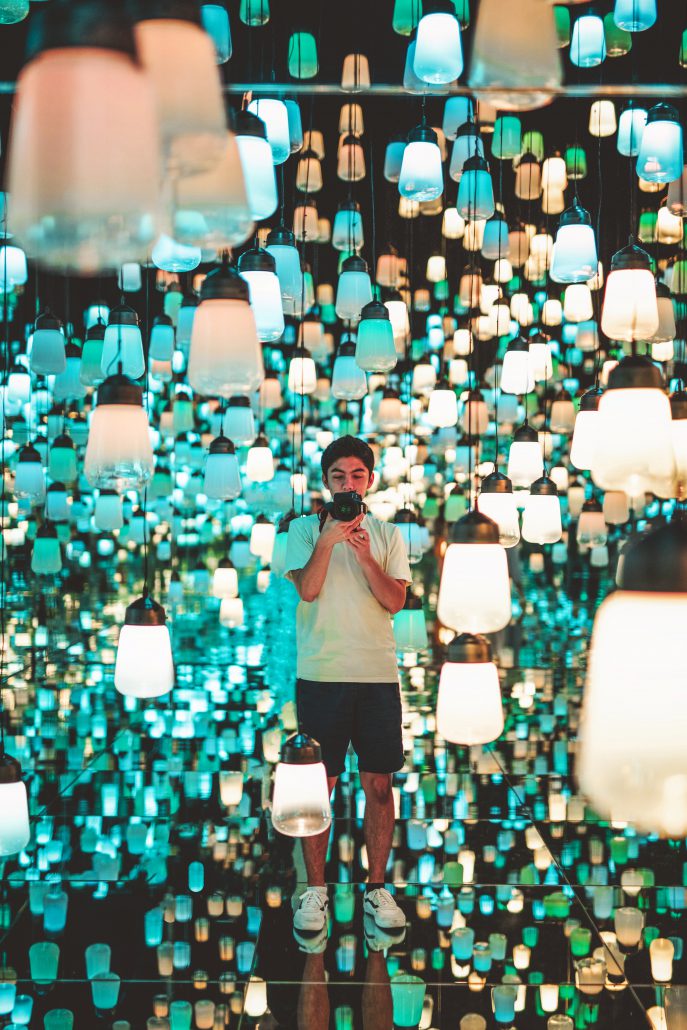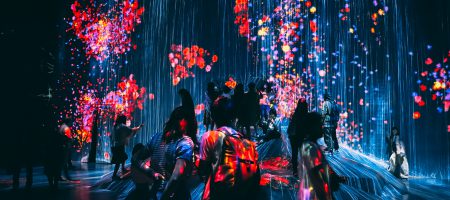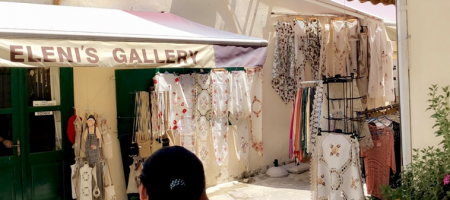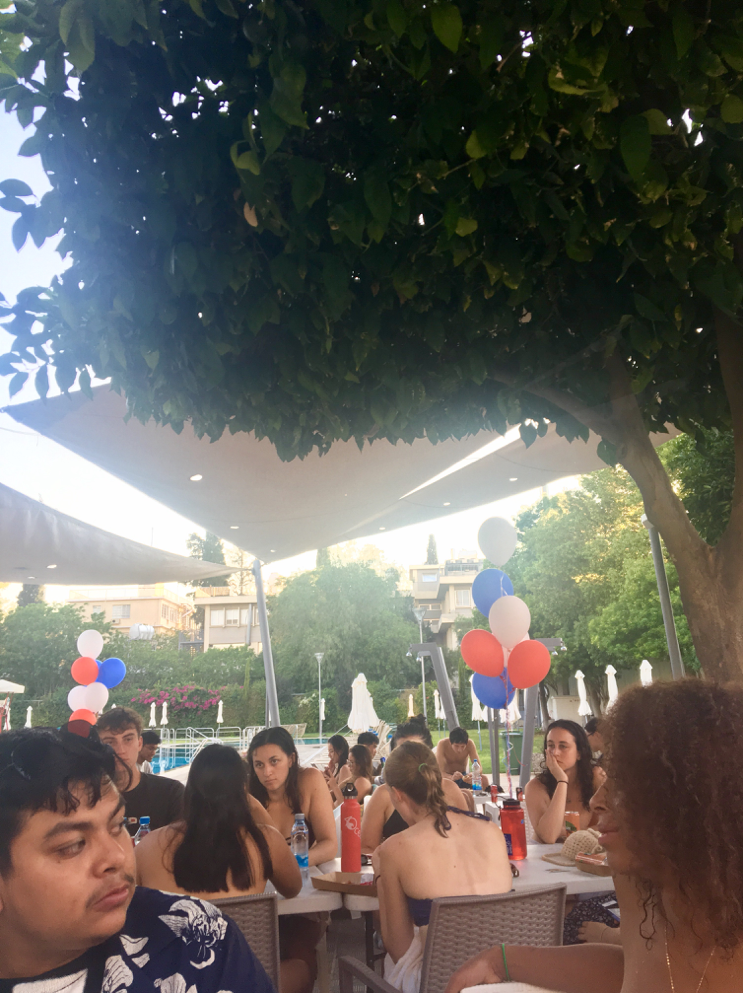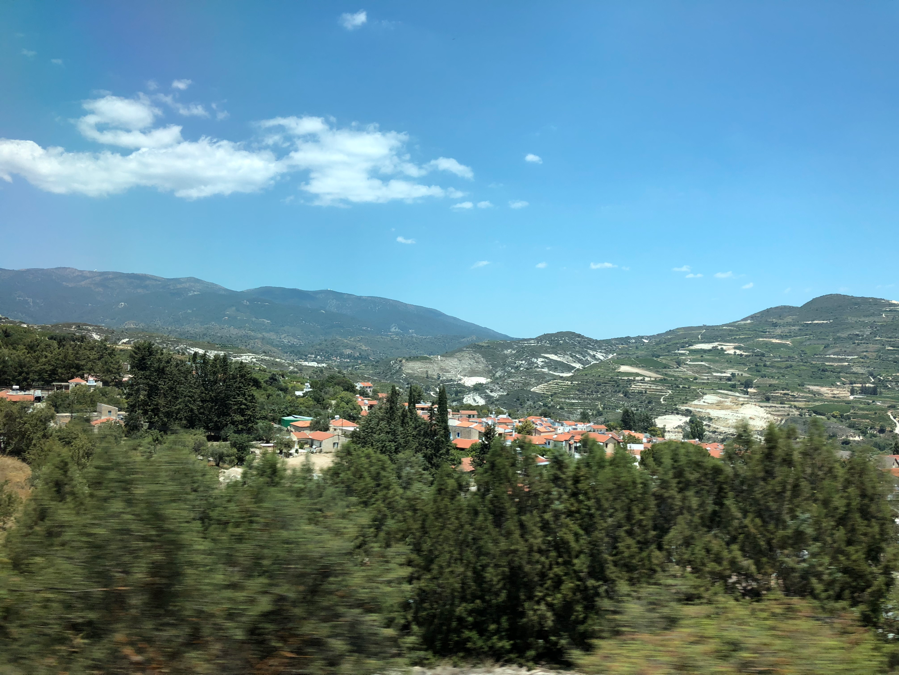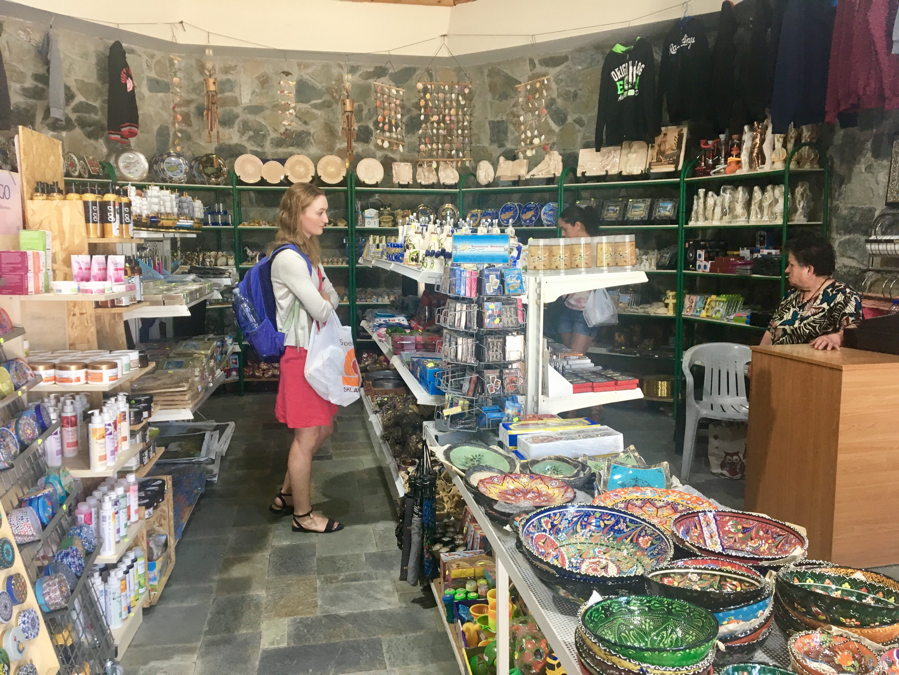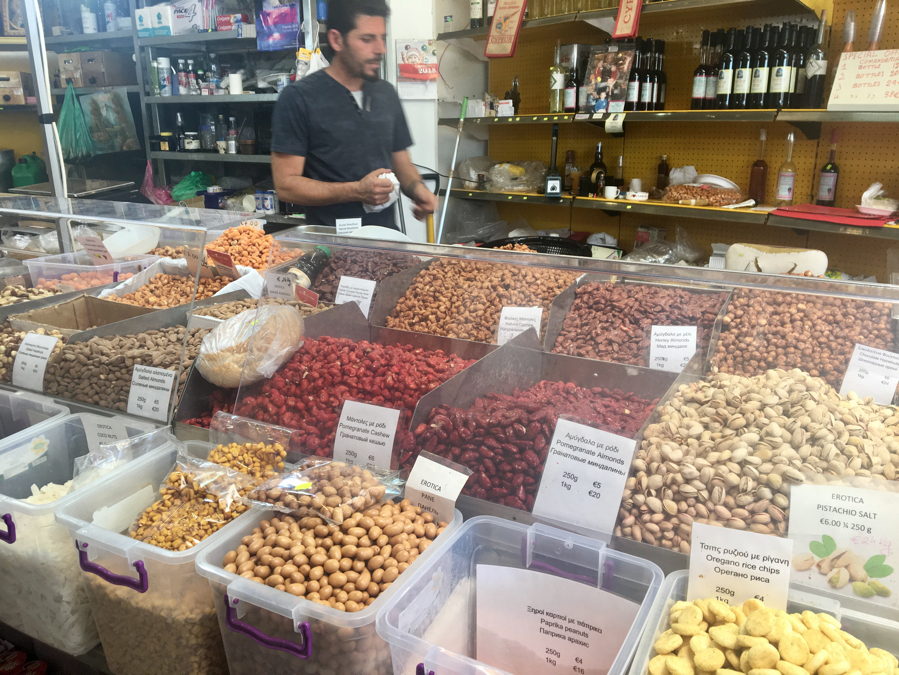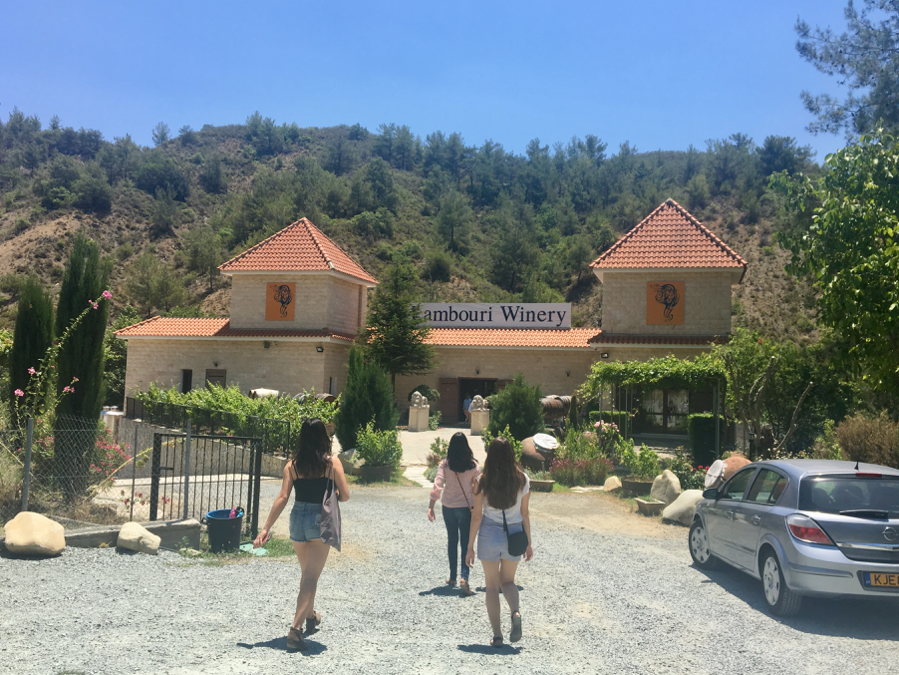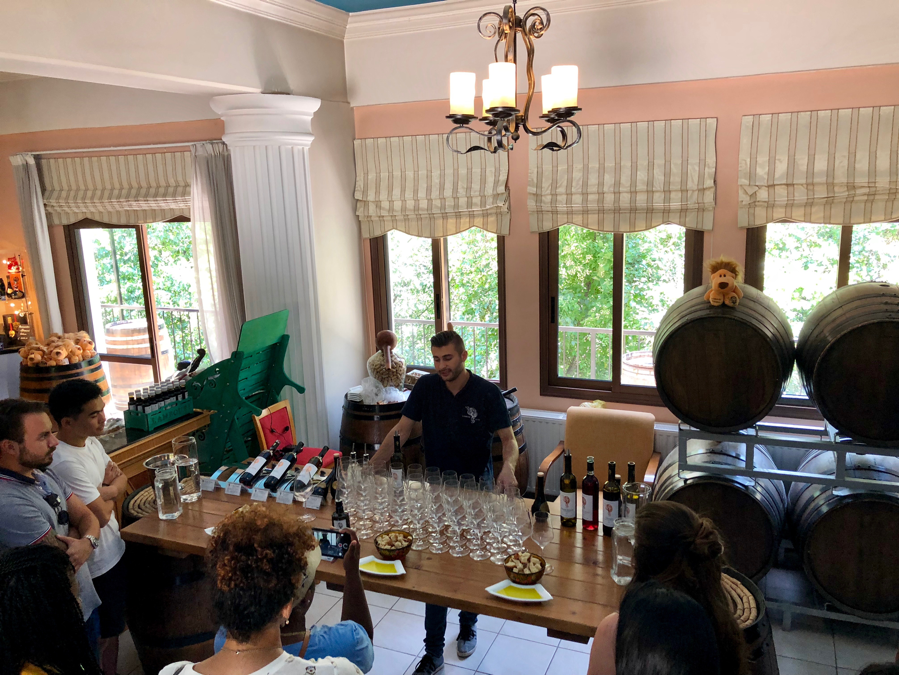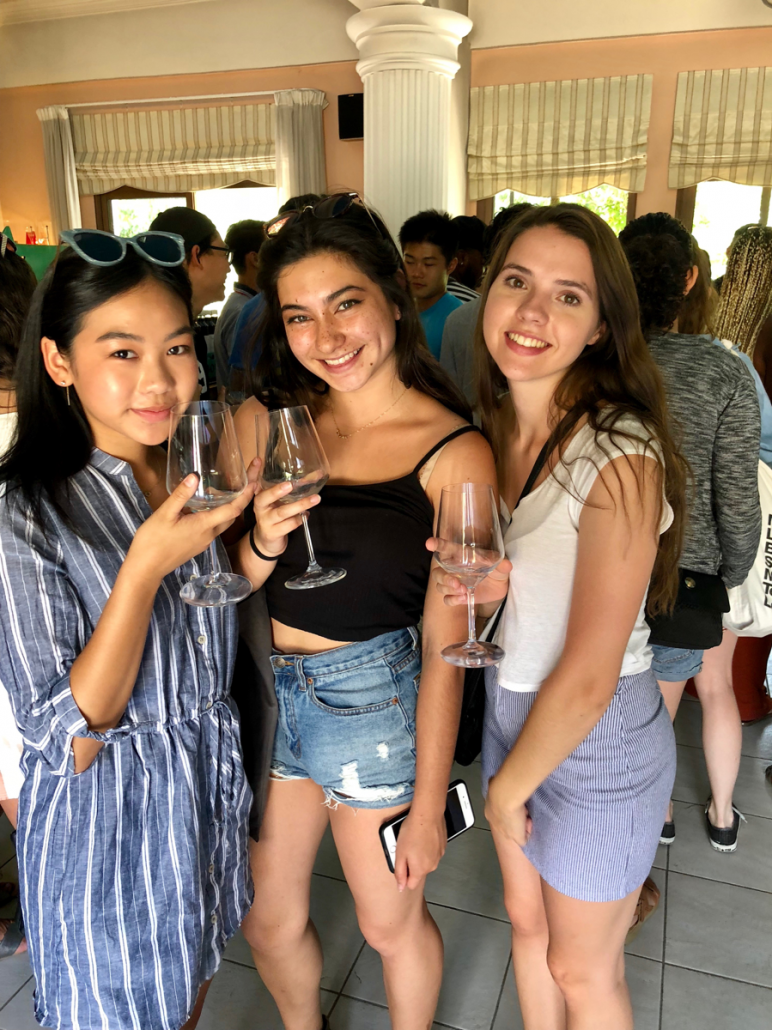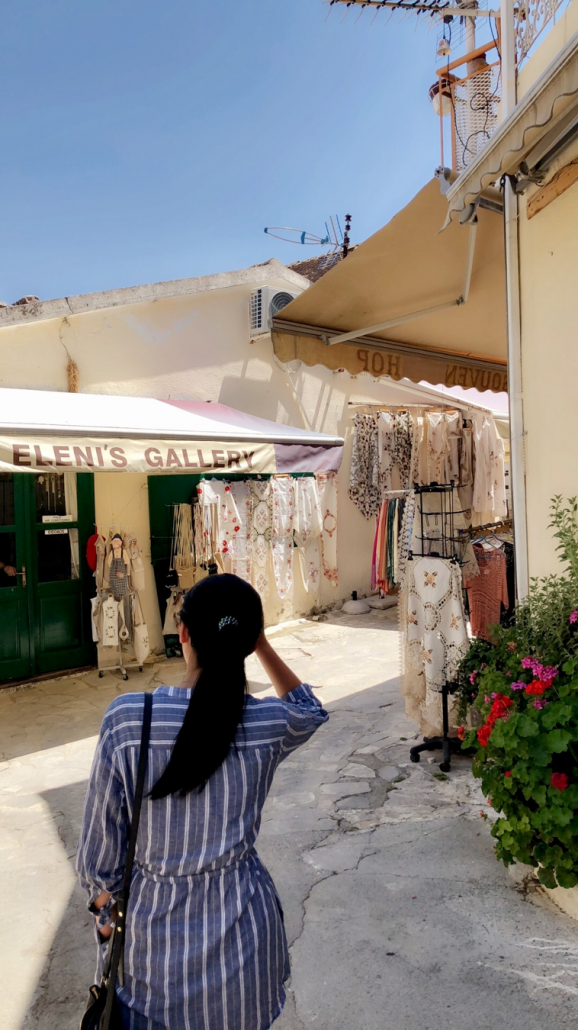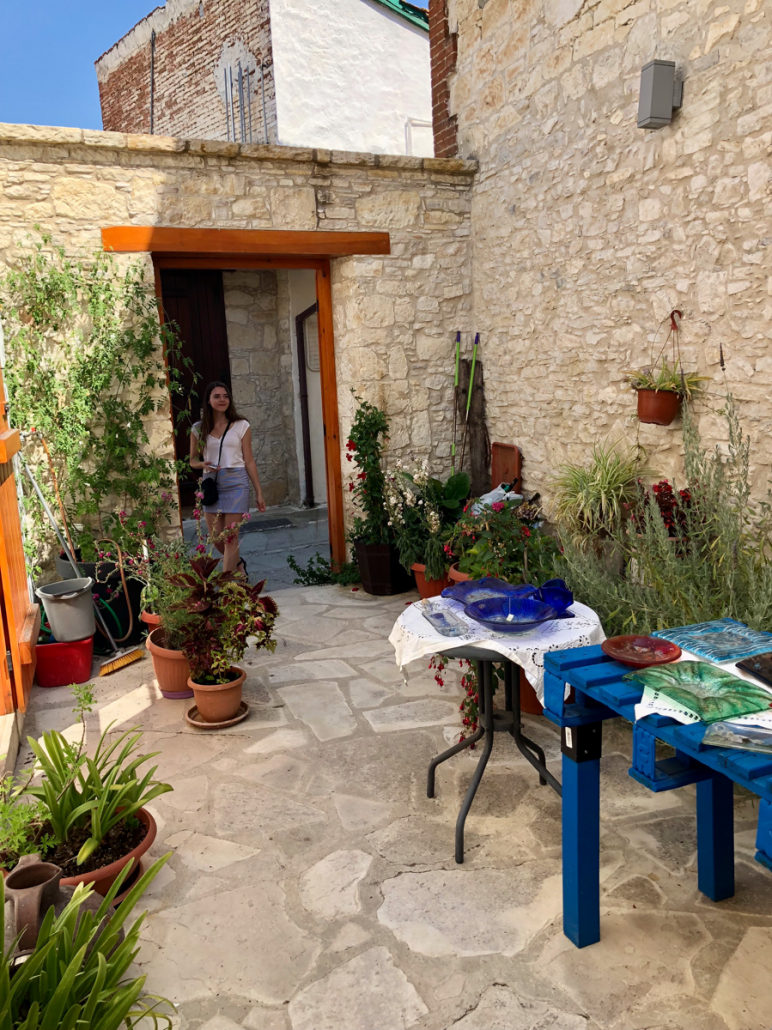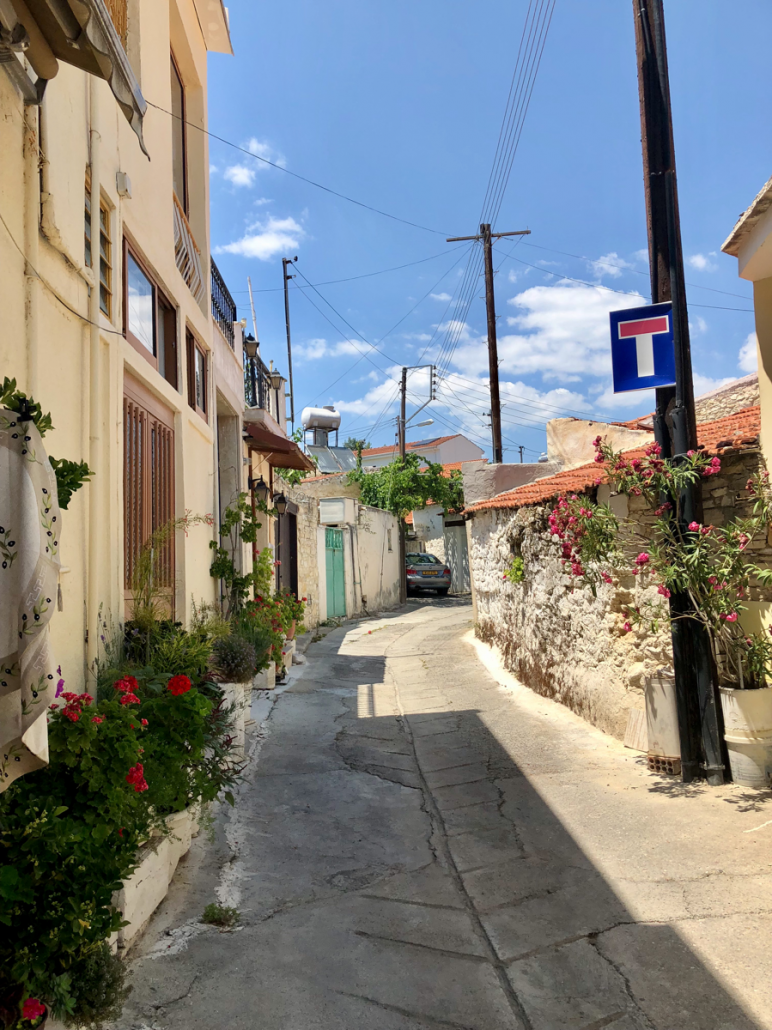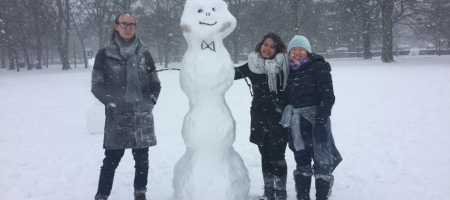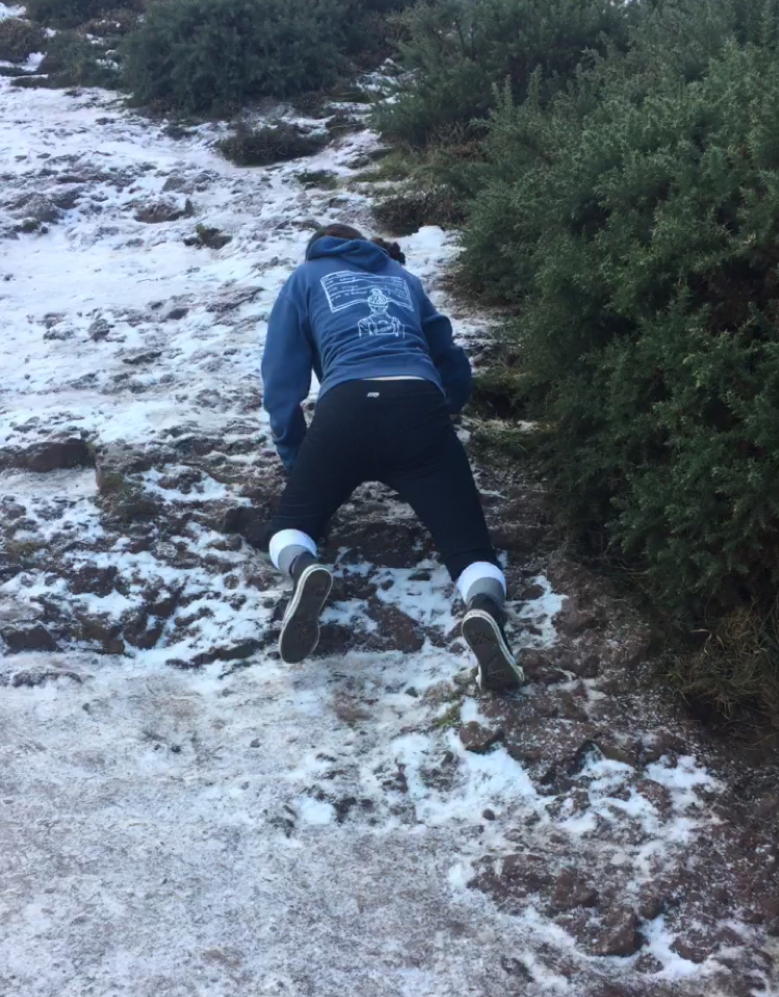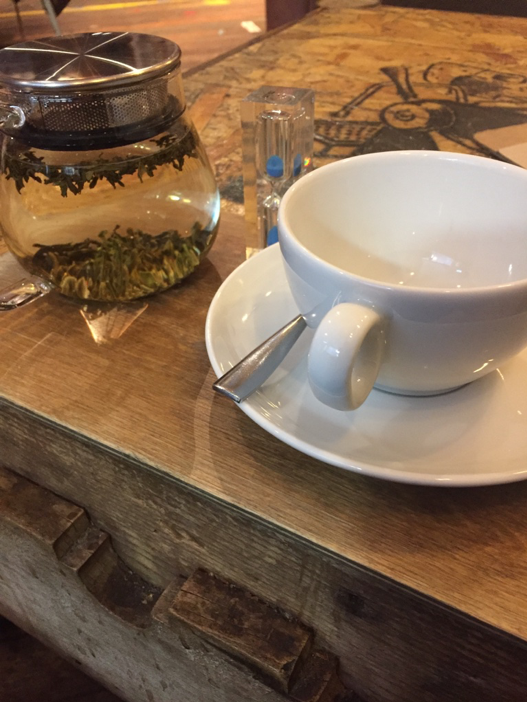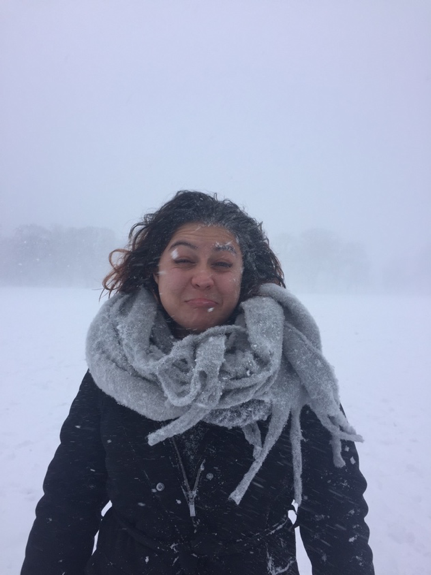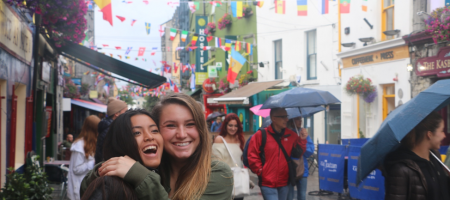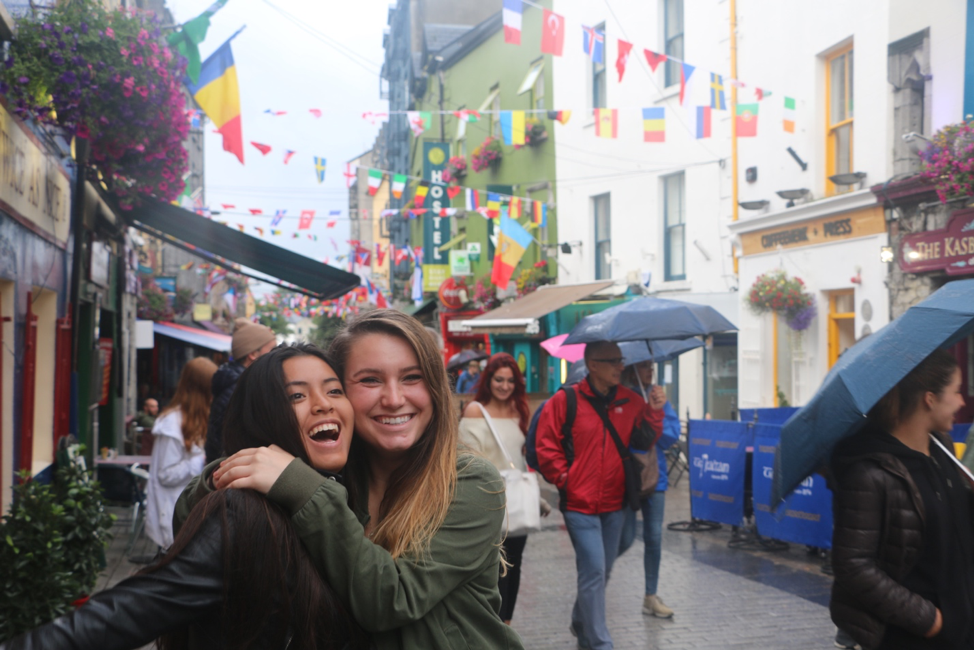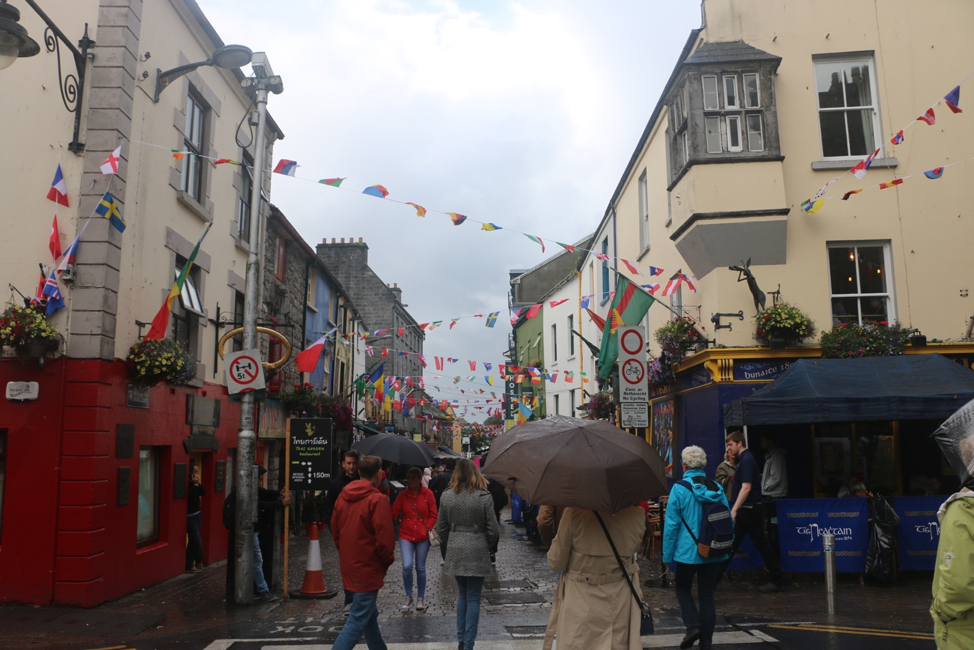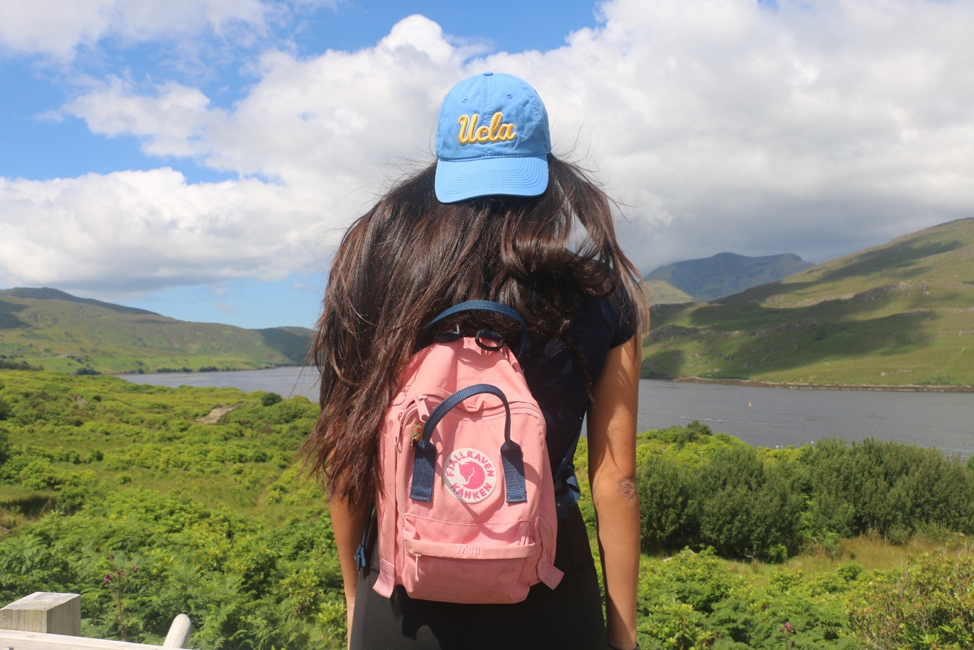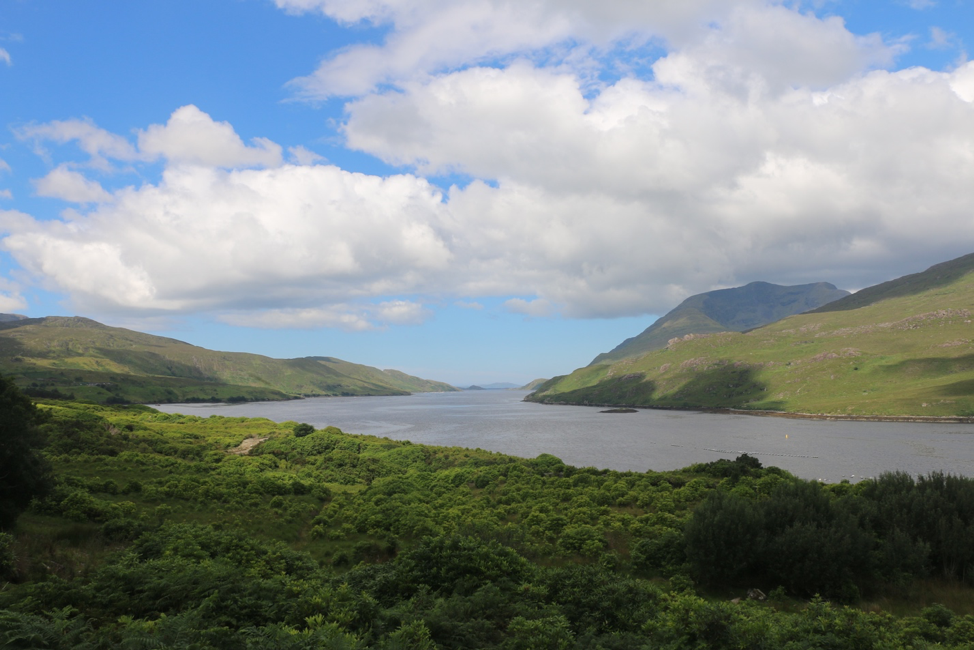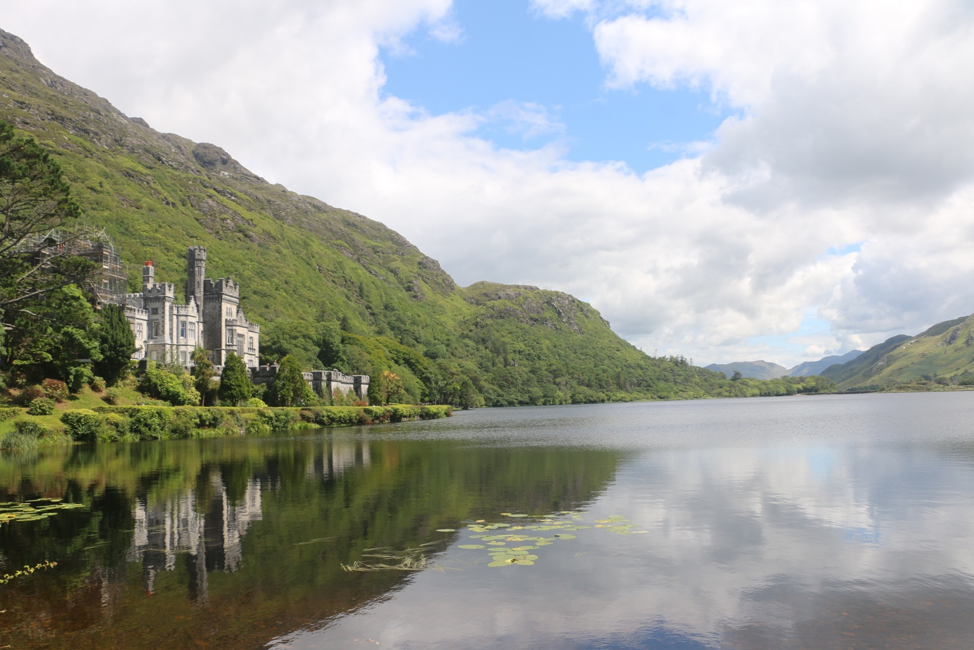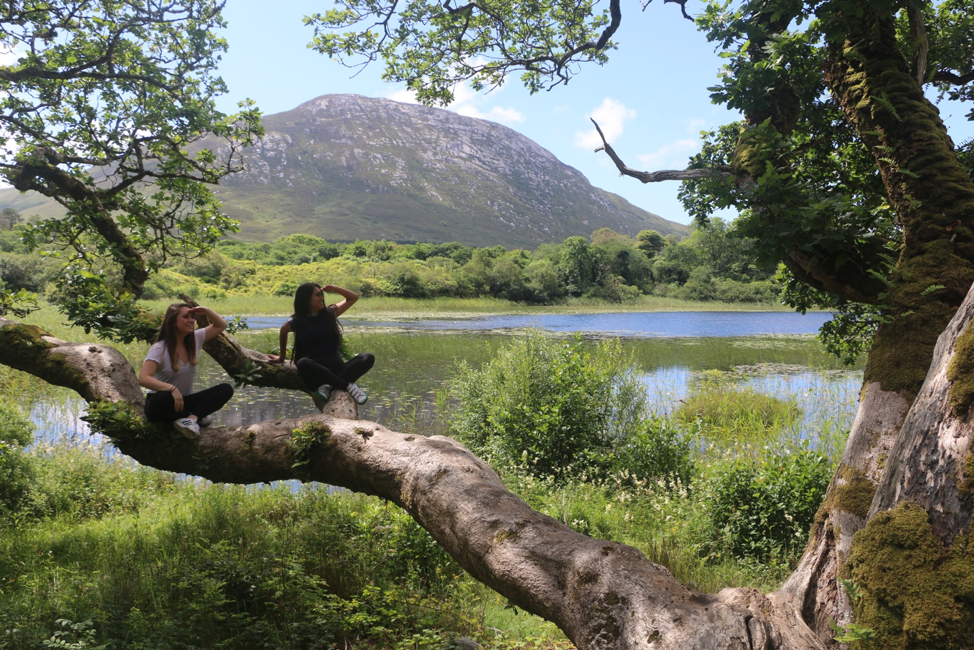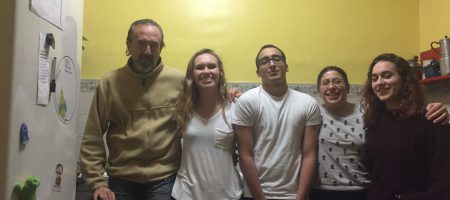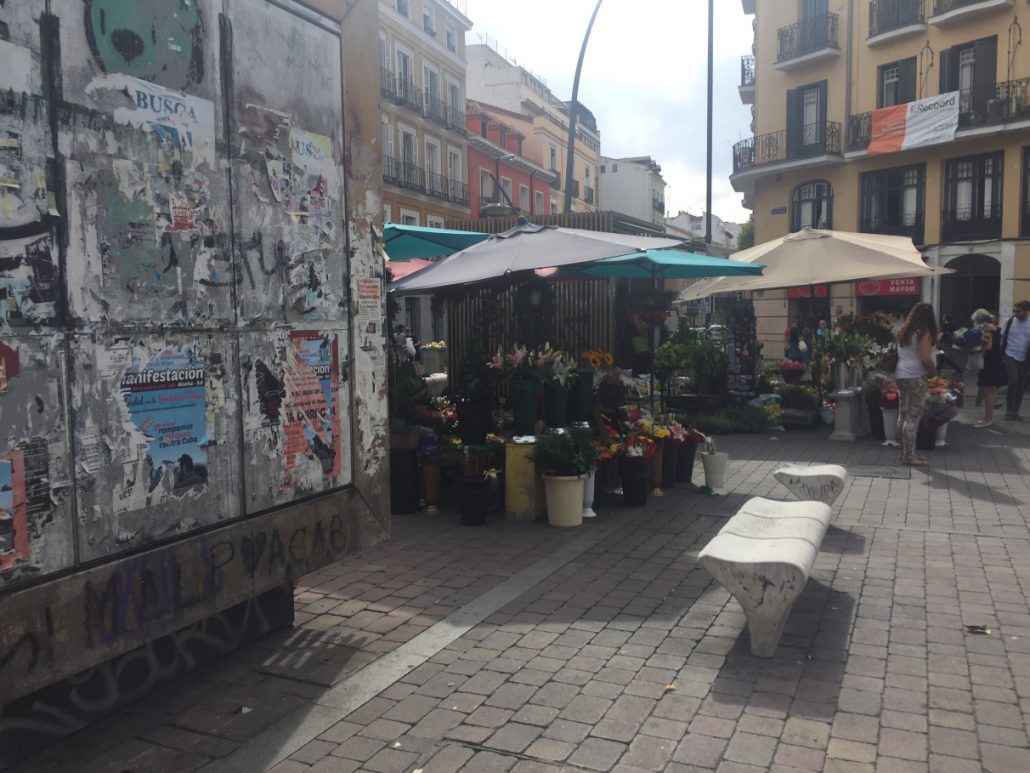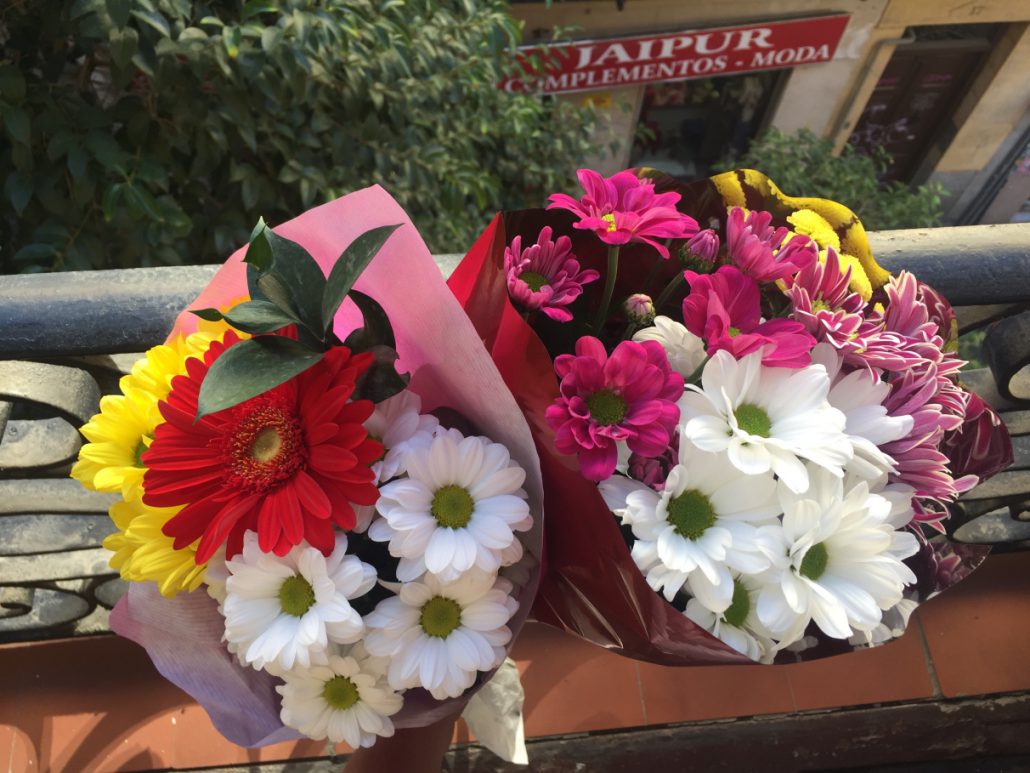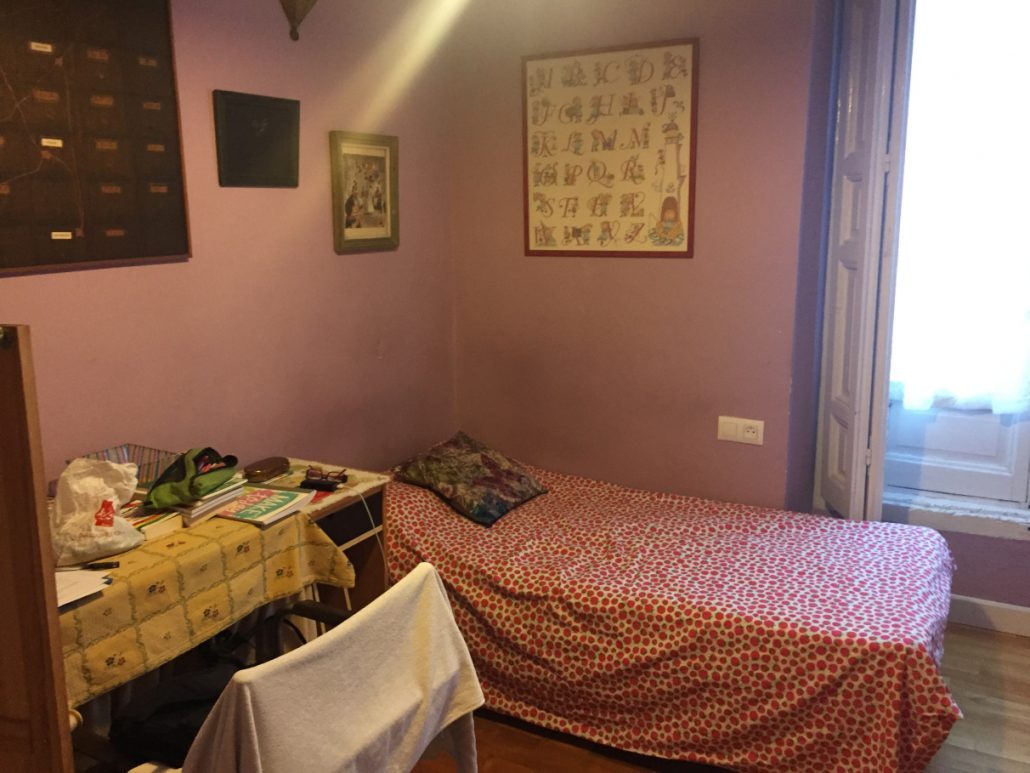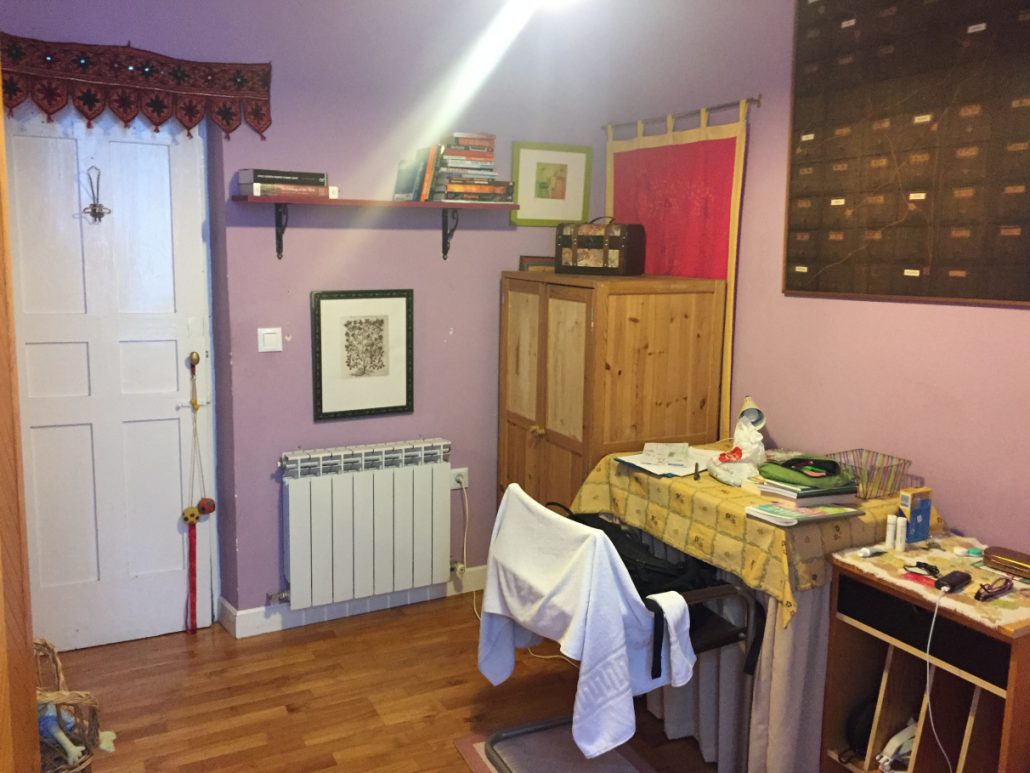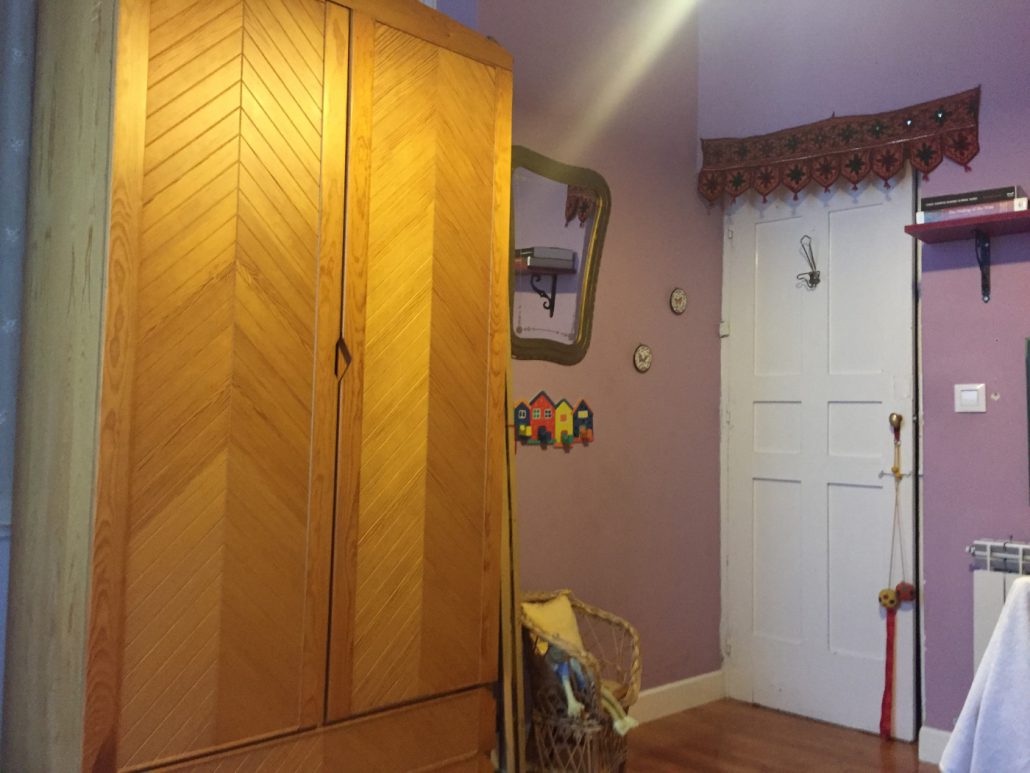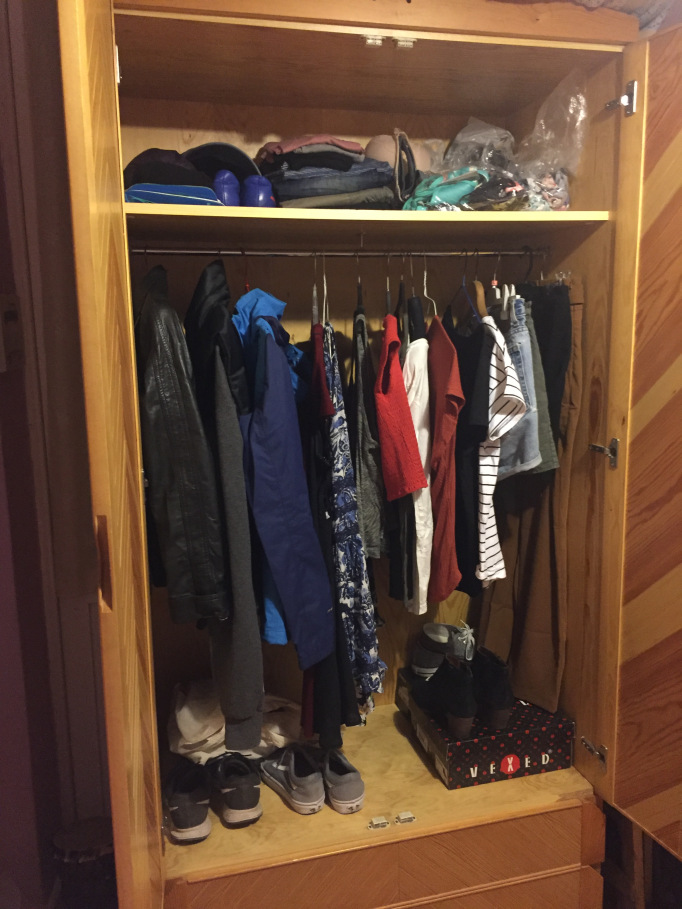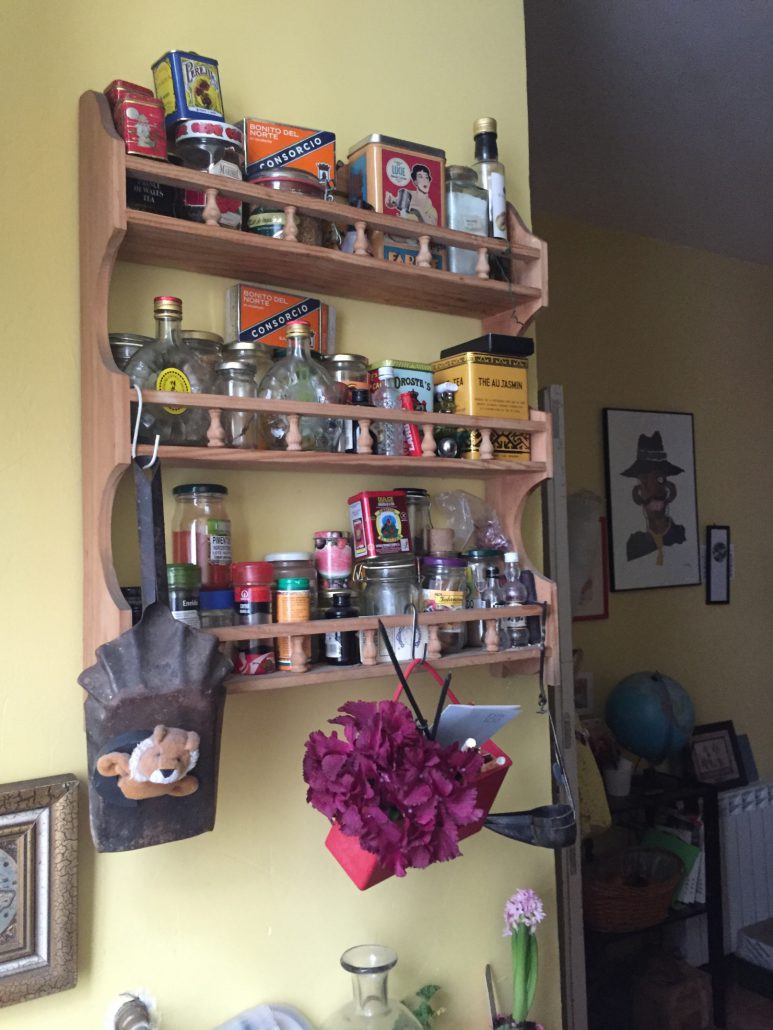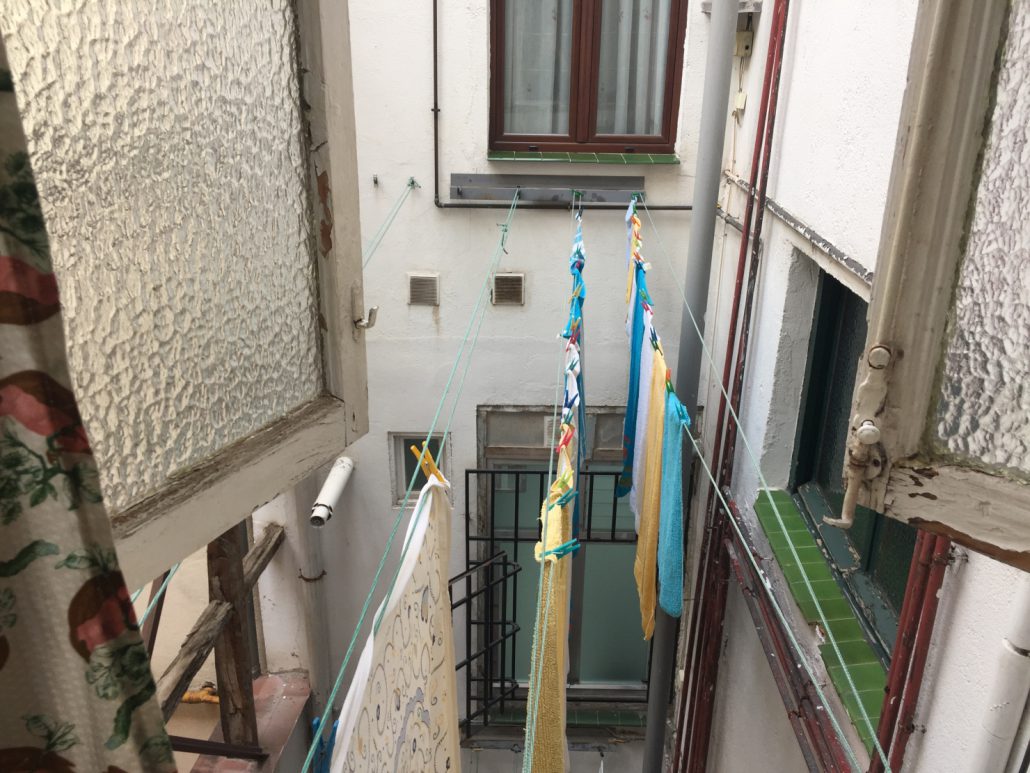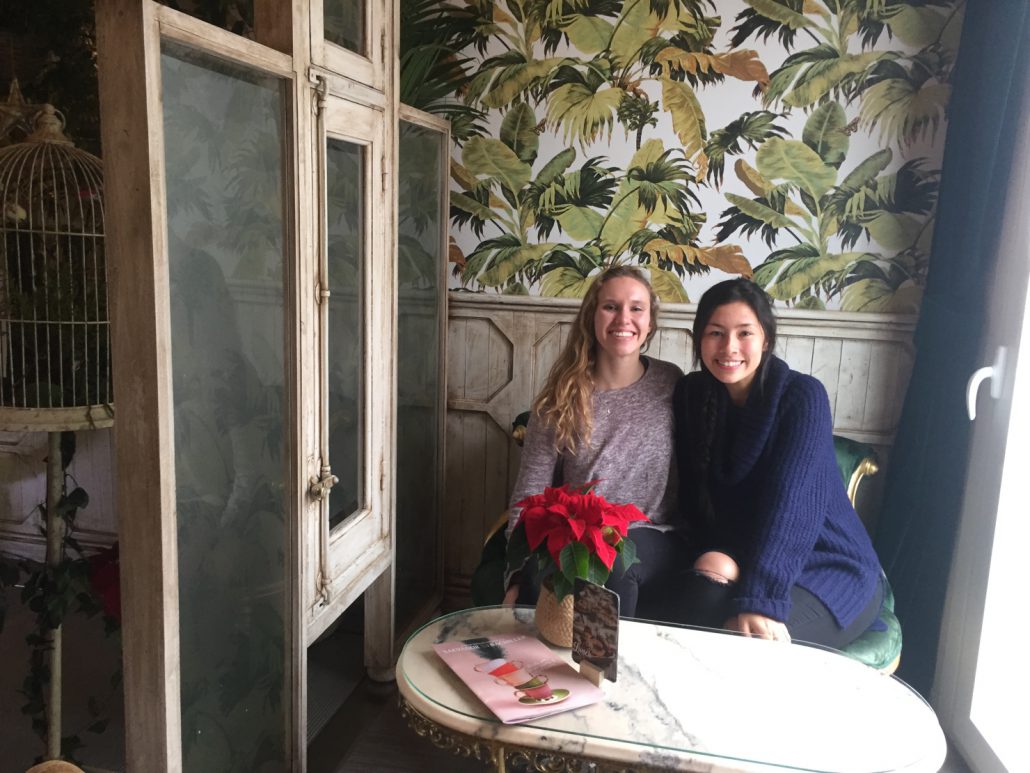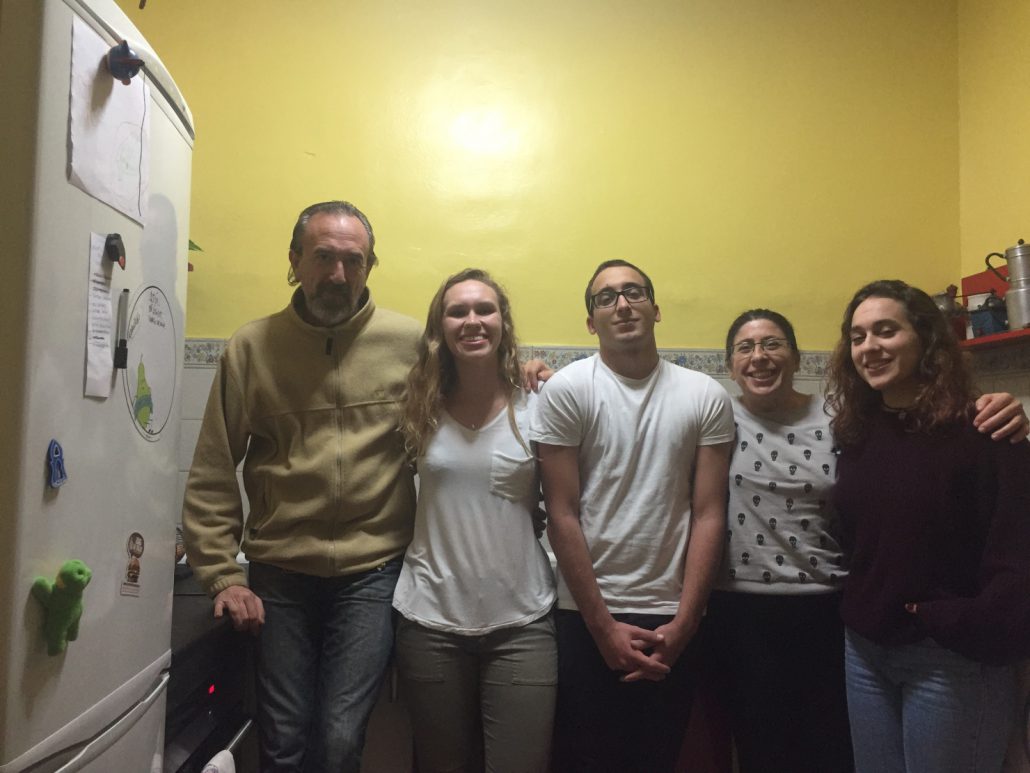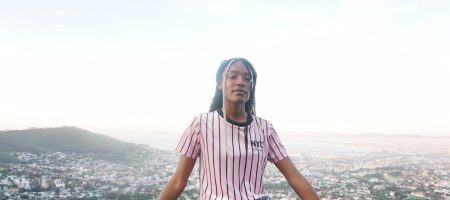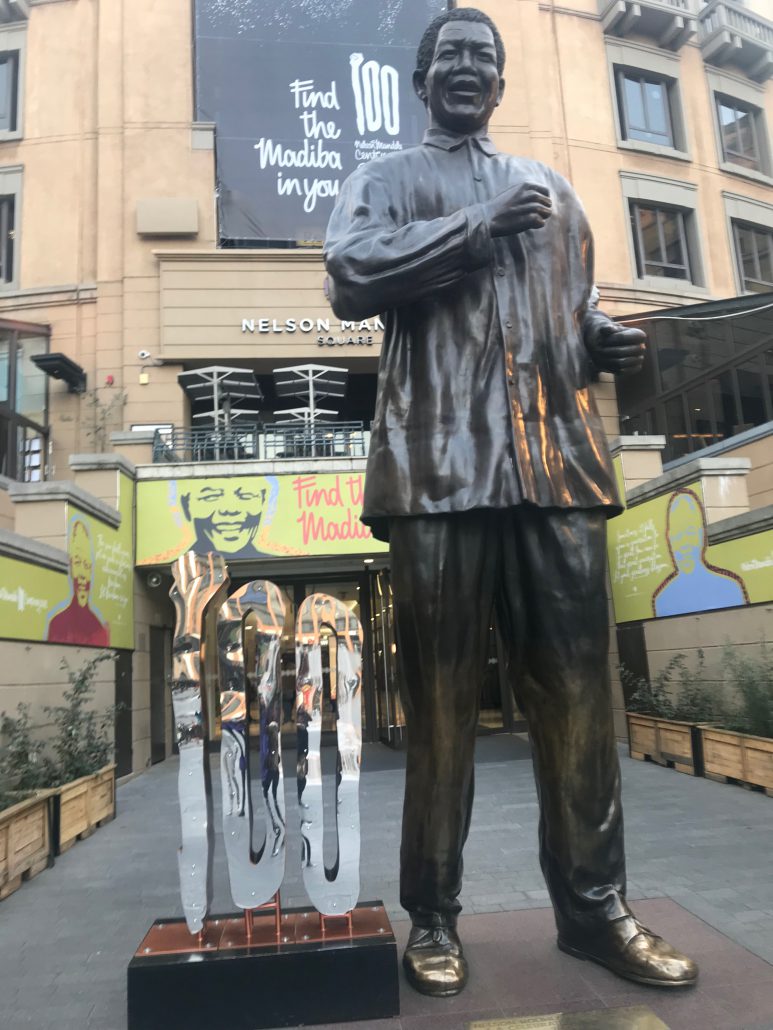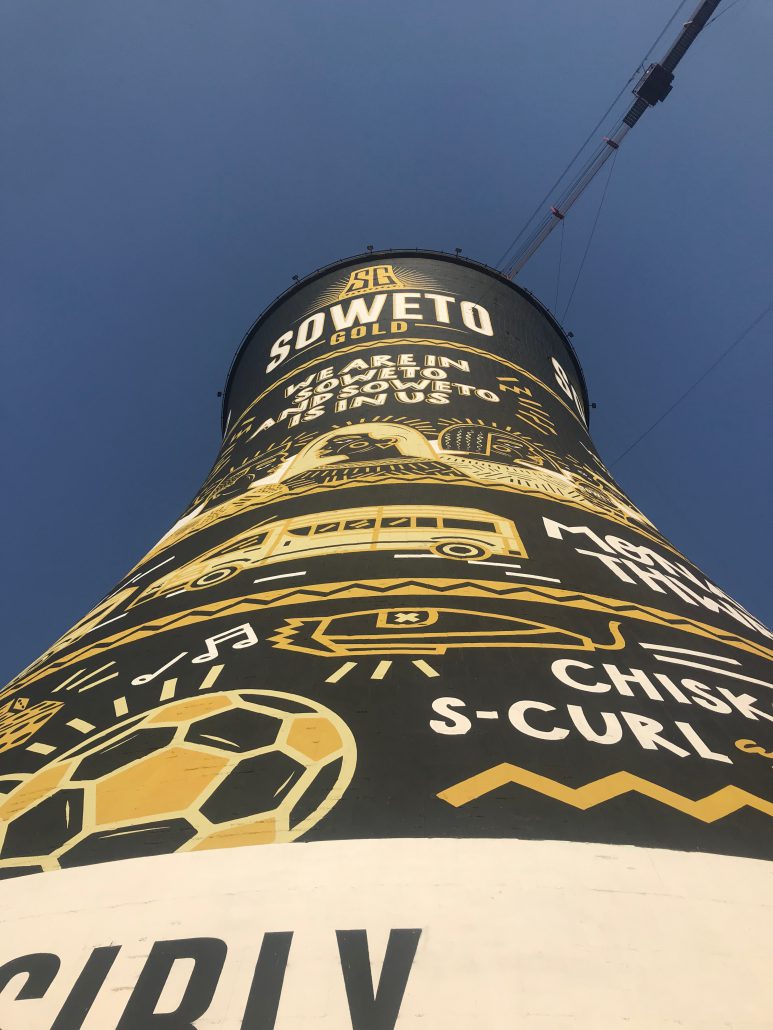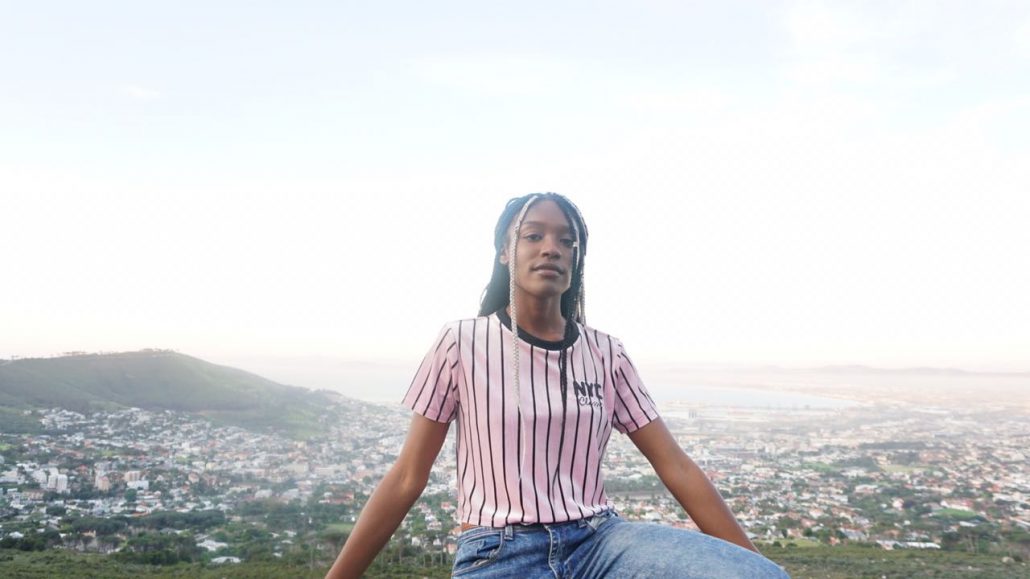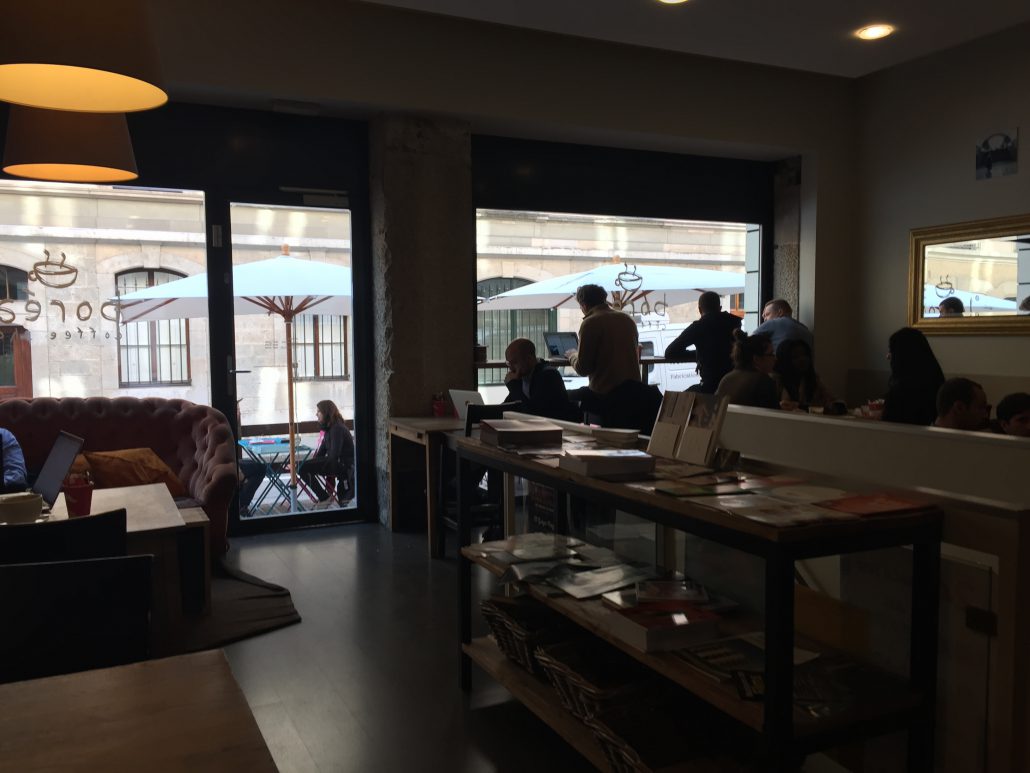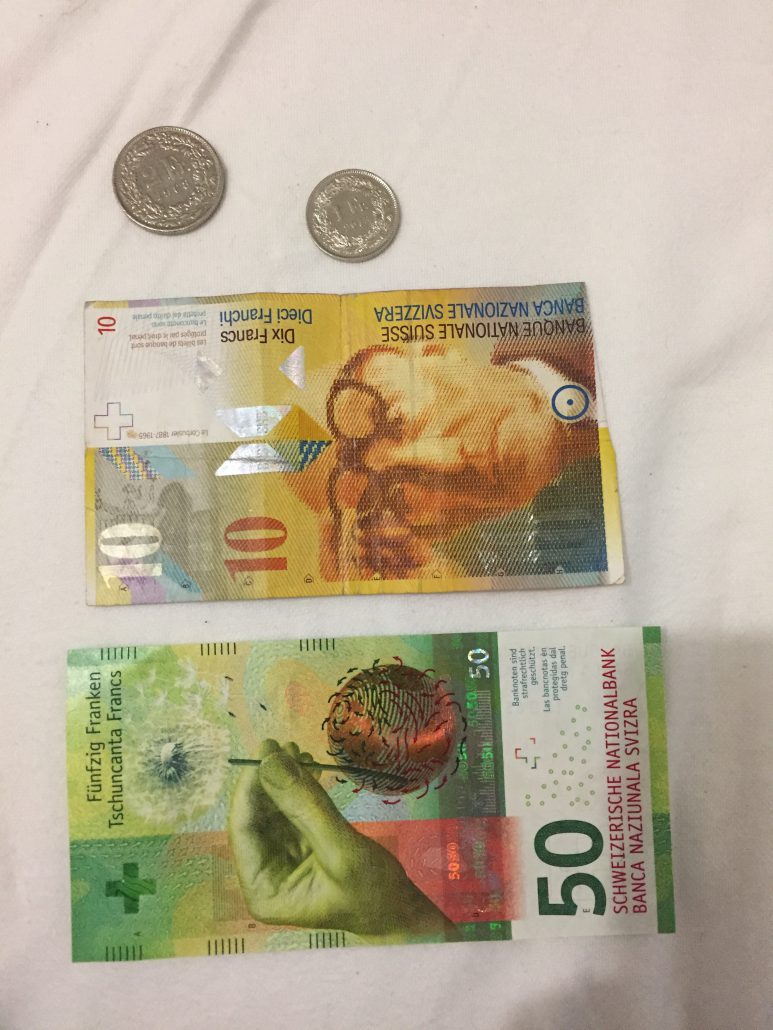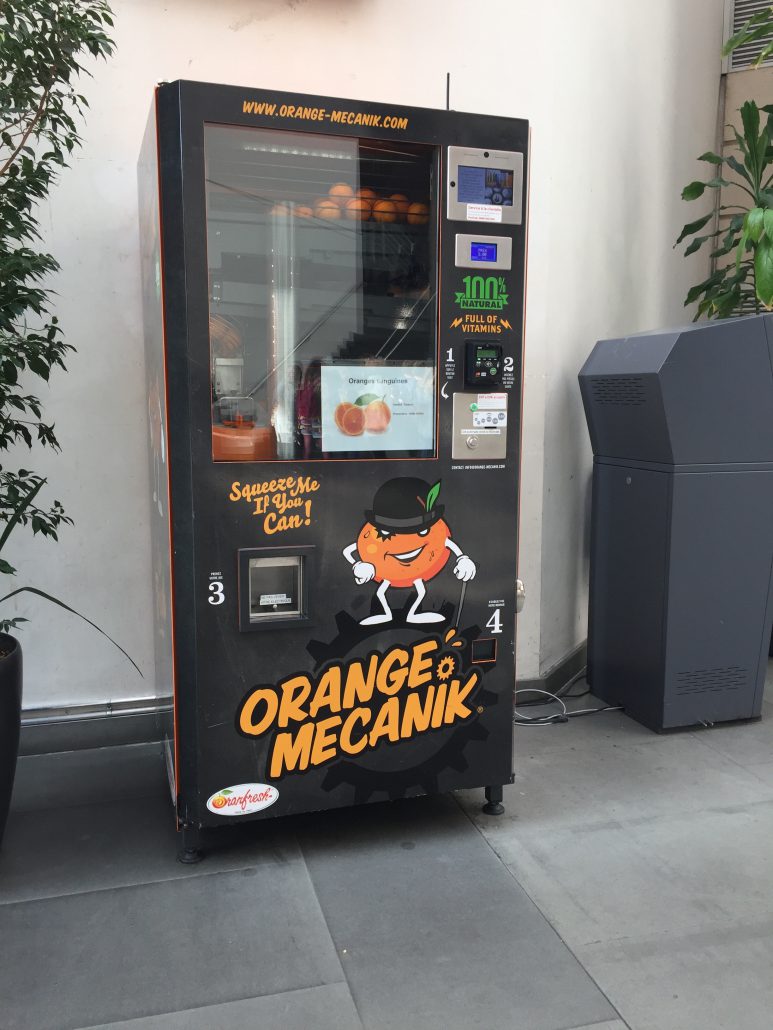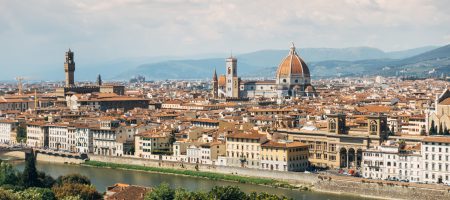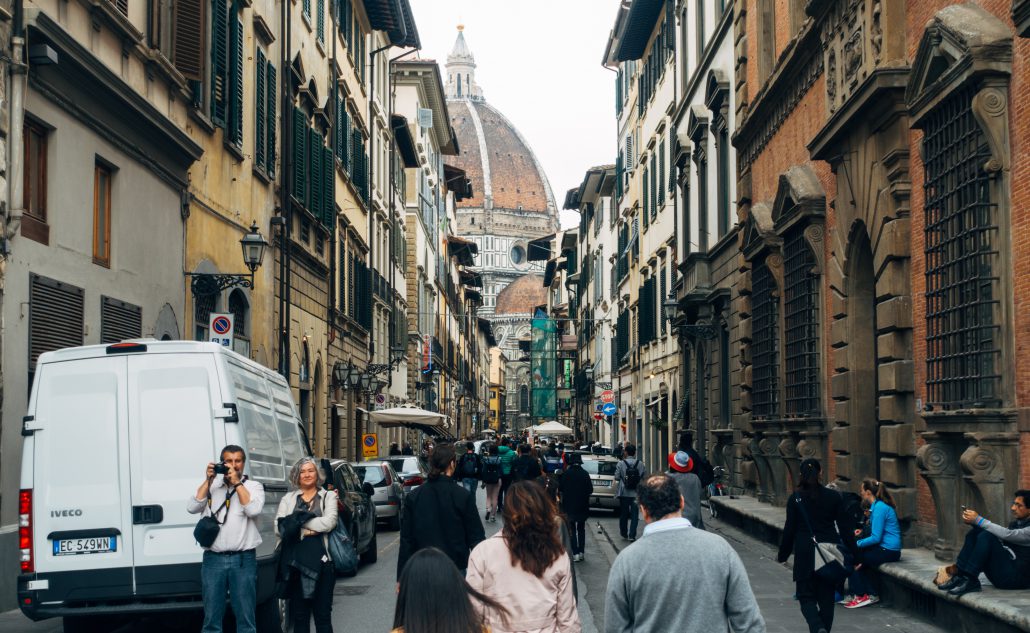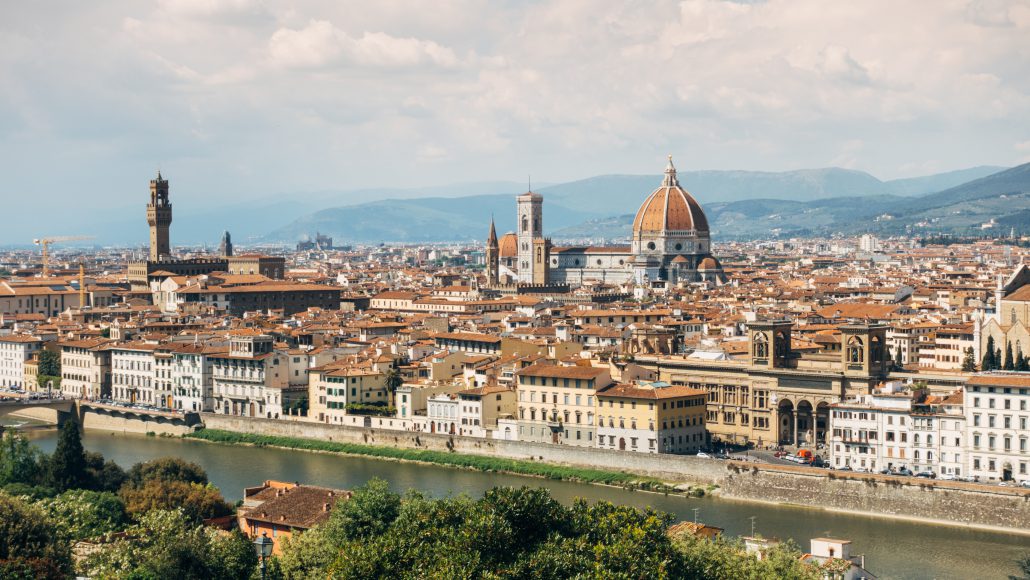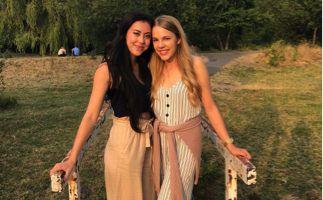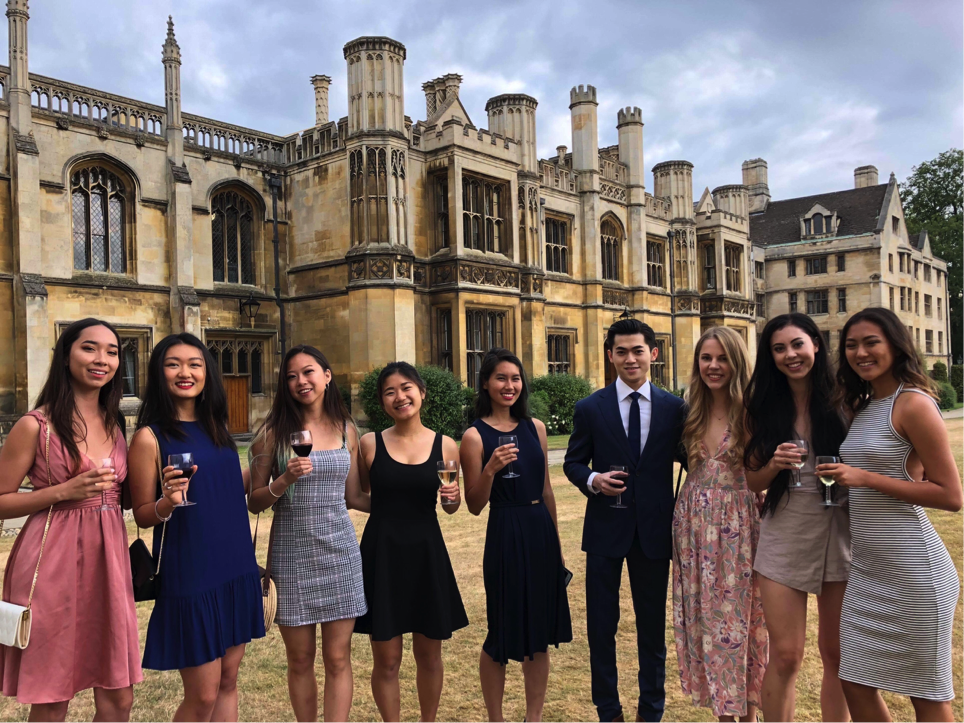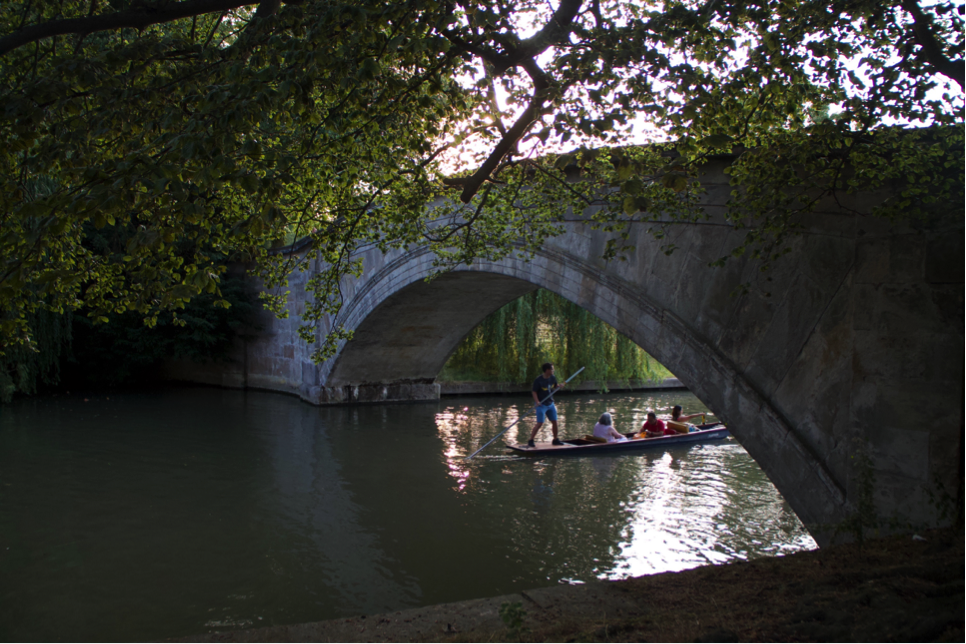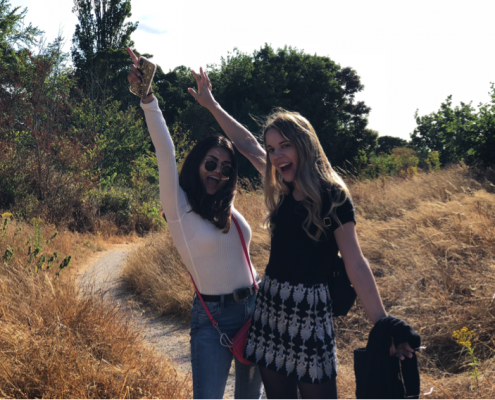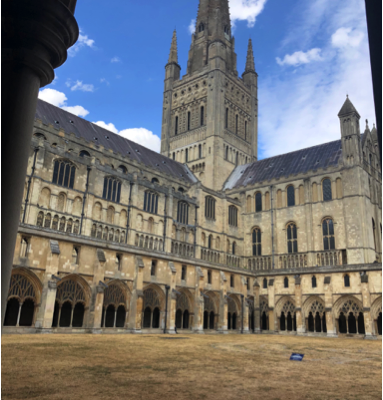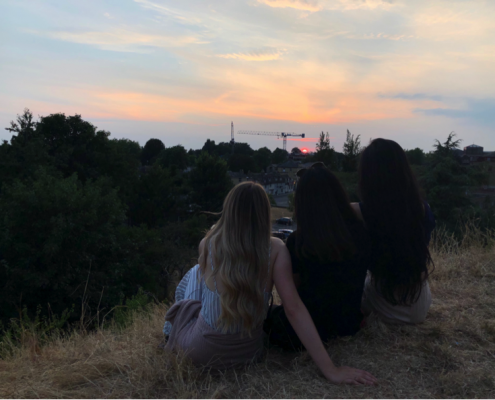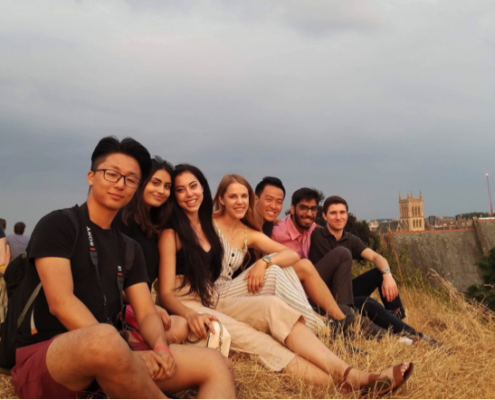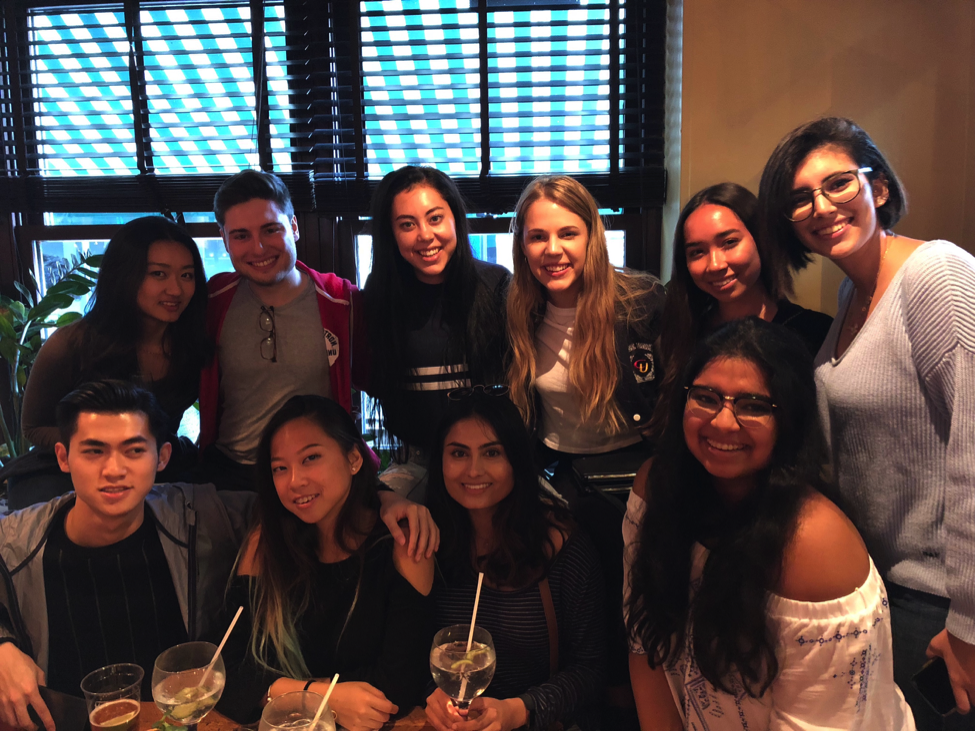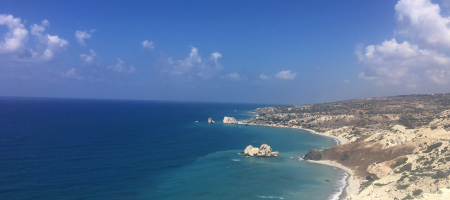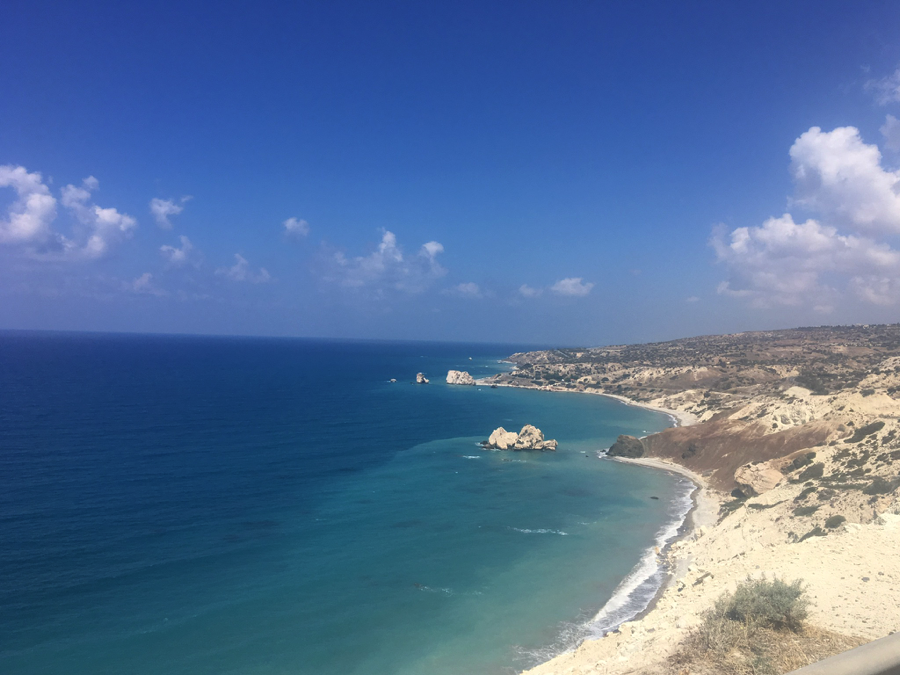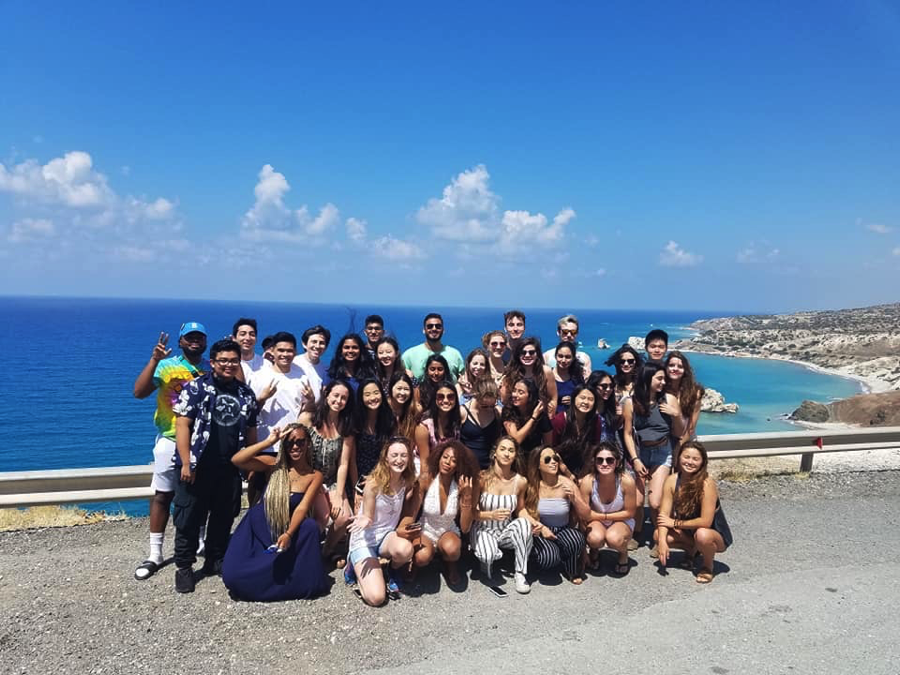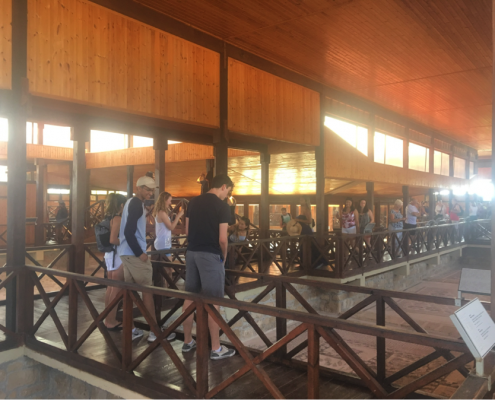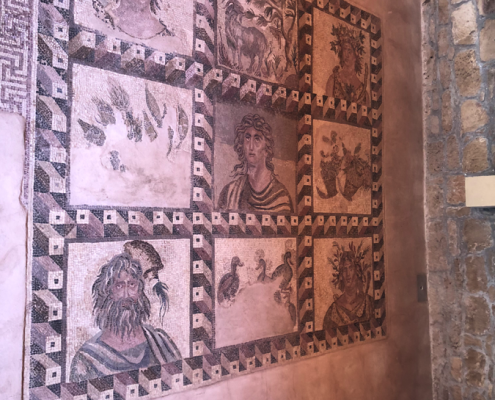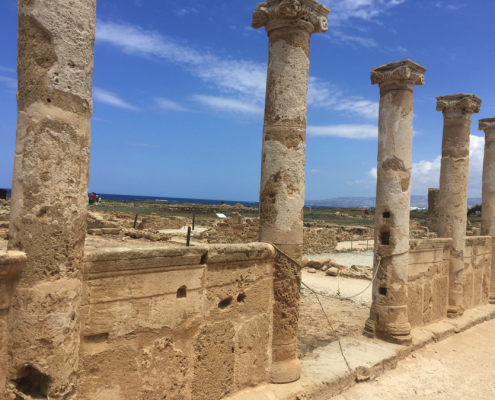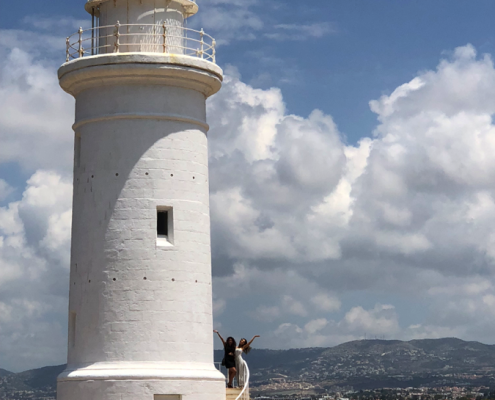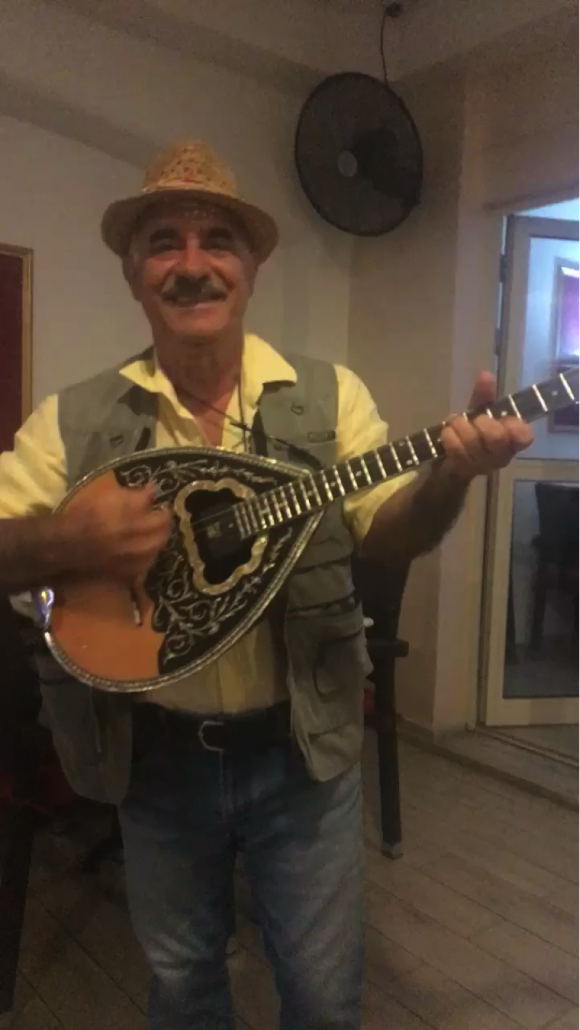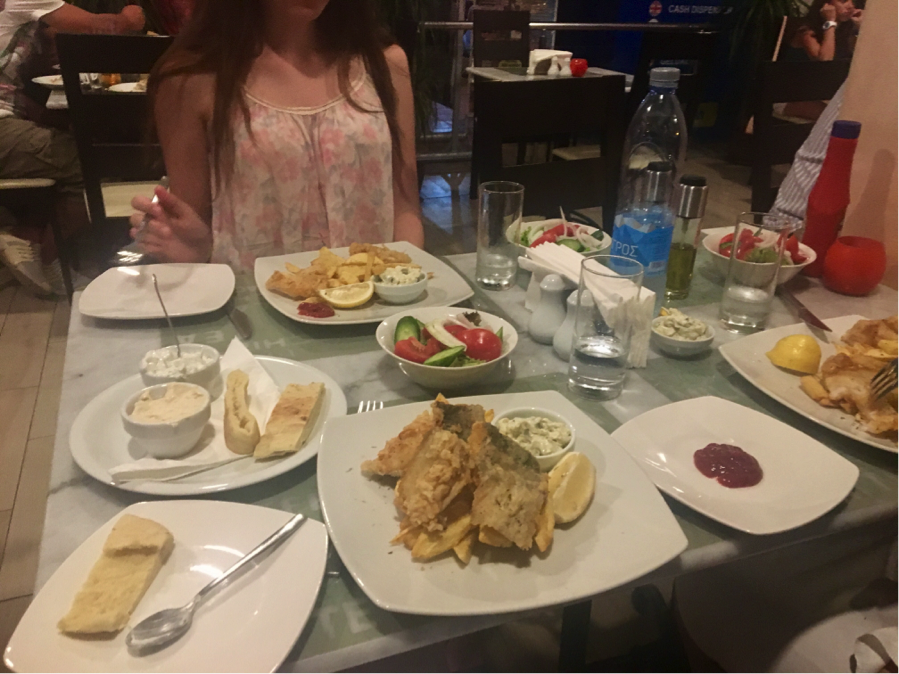Japan | TeamLab
BY DERAN CHAN
I have been to many art museums around the world but teamLab Borderless is unlike anything I have ever seen before. The light museum is located in the Mori Building Digital Art Museum in Odaiba, Tokyo, one of my favorite cities in Japan. The museum has five distinct zones, Borderless World, Athletics Forest, Future Park, Forest of Lamps, and EN Tea House. While I don’t want to give away too much about the many exhibits, I have a few tips so you can make the most out of your trip.

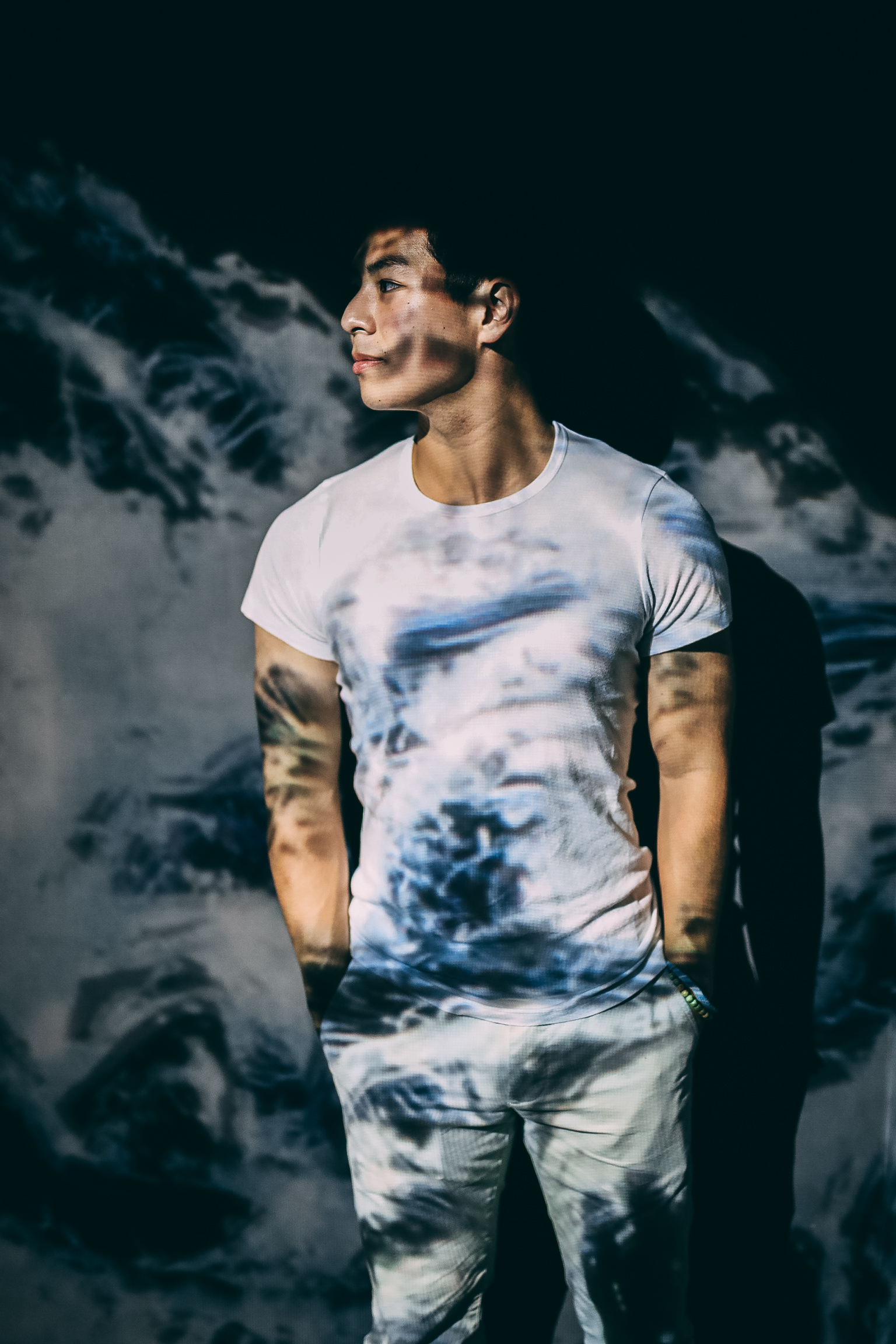

First, I would advise visiting teamLab after 4pm. Since the museum has had so much success, lots of people come right when it opens. Our group made the mistake of coming 2 hours before it closed (which you would think is enough time), but we could’ve certainly been there for another 2. In addition, the art around the museum is interactive, so I highly recommend wearing white/light colored clothing to make your experience more immersive. Light colored clothing will allow the light to float across your body, while dark colors will absorb most of the light. Trust me, if you’re an Instagram snob like me, your pictures will be that much better. However, when it comes to shoes make sure the ones you are wearing are extremely comfortable – some exhibits include trampolines, climbing through a jungle of swings, hills, and even slides!
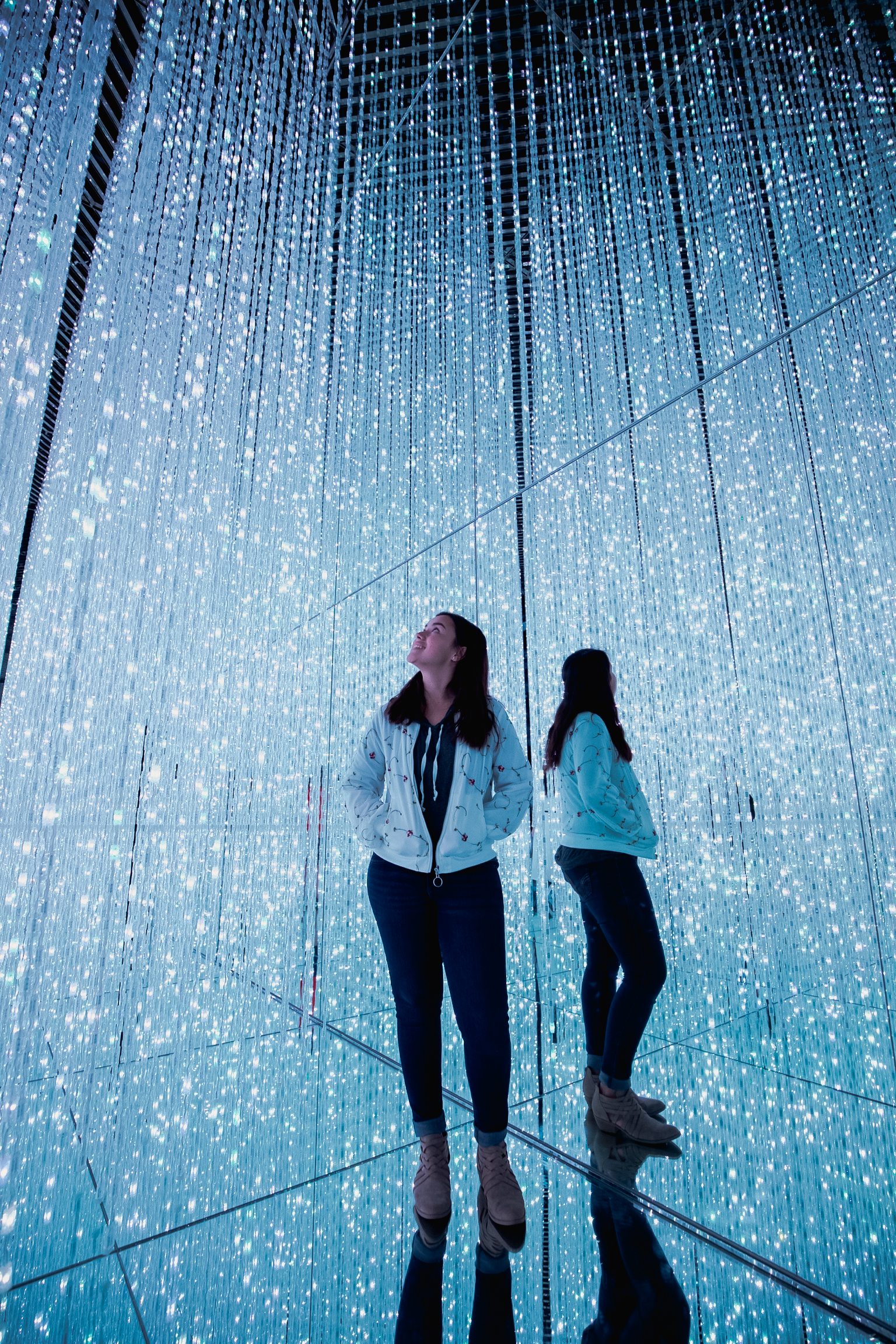

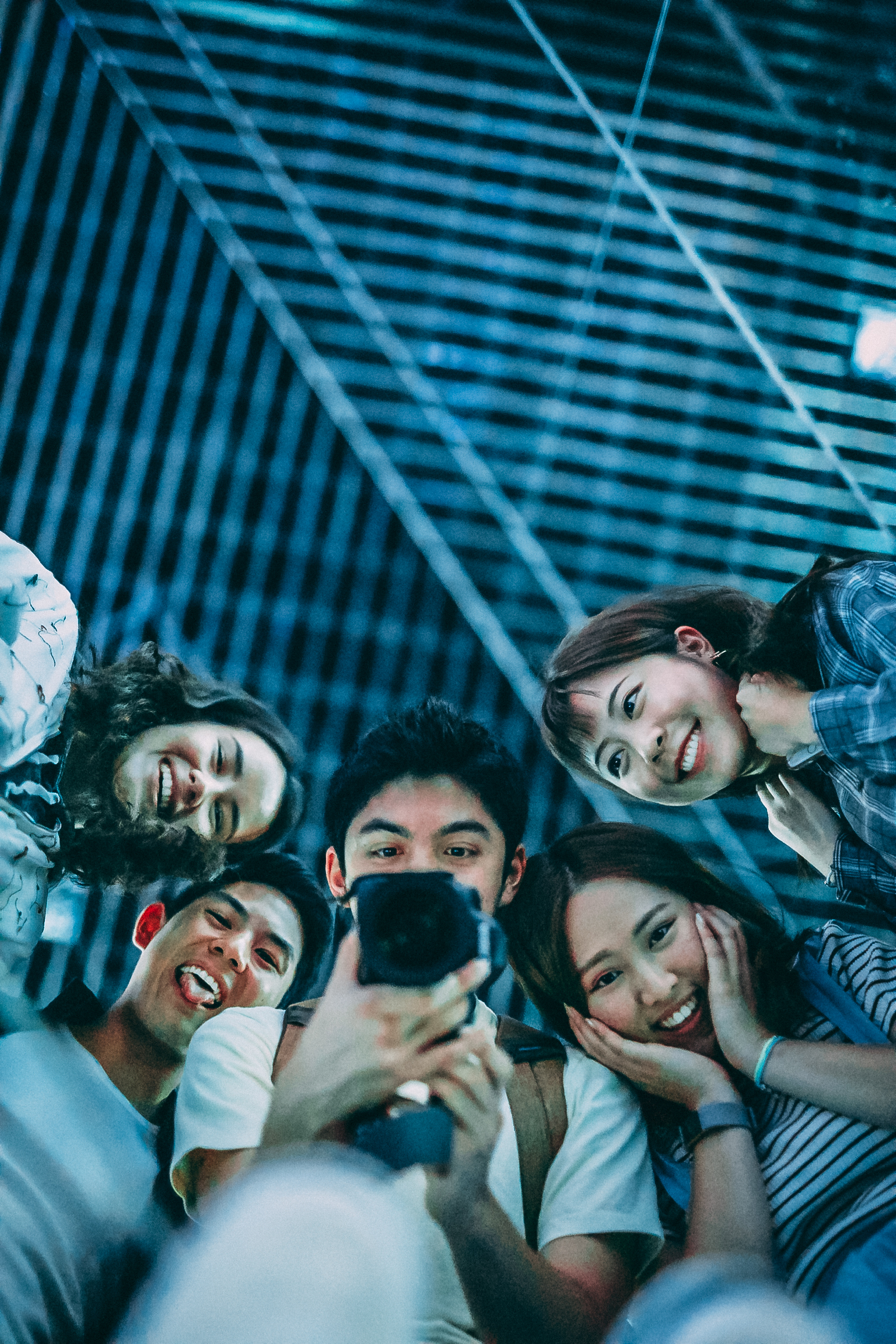

Most museums are notorious for their “Do Not Touch” signs but not teamLab. Touch ANYTHING you want. Lots of the installations will change and react to your movements, making each visit unique it its own way. The museum definitely has a futuristic tone enhanced by Japanese music and effects, which adds to the “borderless” component of the whole experience. My favorite space was the endless rice field that was filled with lotus leaf pods, floating dandelions, and fireflies. For all of the high-tech equipment and modern décor, I appreciate how the artwork remained true to Japanese culture and aesthetics (cherry blossoms, rice fields, and calligraphic strokes).
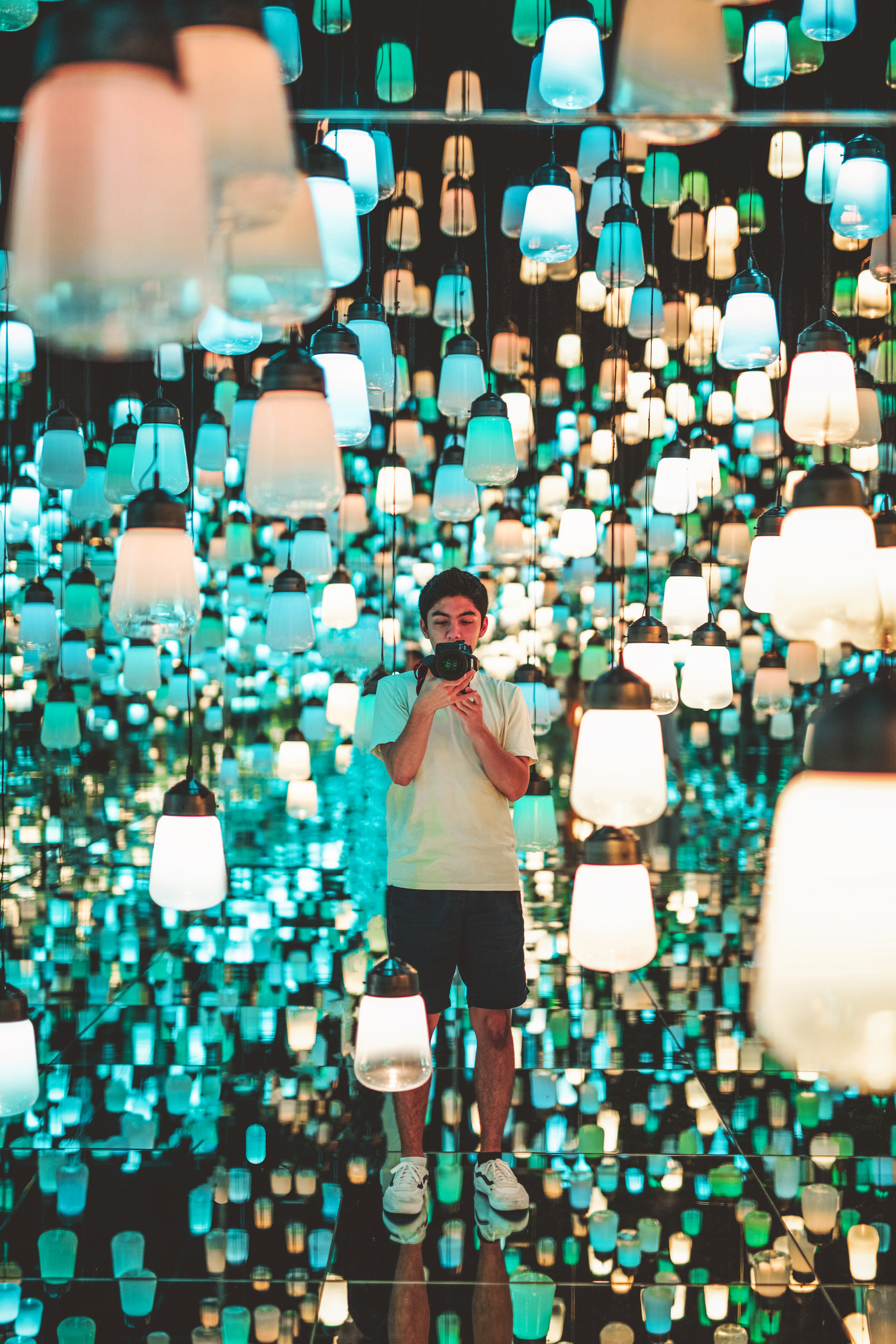

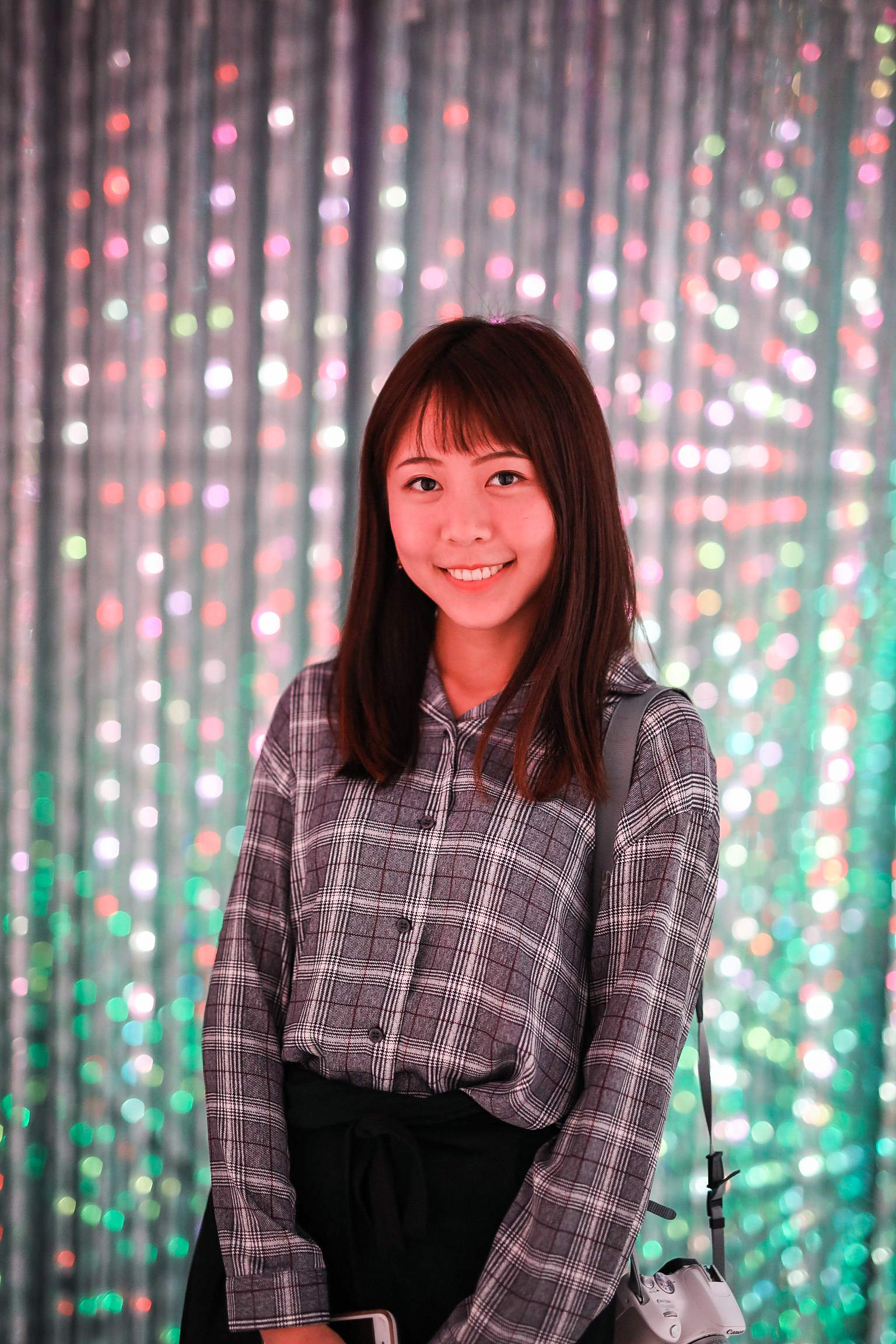
The exhibits are set in real-time which you can imagine leads to a pretty pricey electricity bill, which is evident in the ticket prices. That being said, the entire museum is mind blowing to see the least, and without question worth the visit. There really are no words to describe what I saw, you just have to experience it for yourself.



Deran Chan studied abroad in Tokyo, Japan in 2018: http://eap.ucop.edu/OurPrograms/japan/Pages/international_christian_univ.aspx
